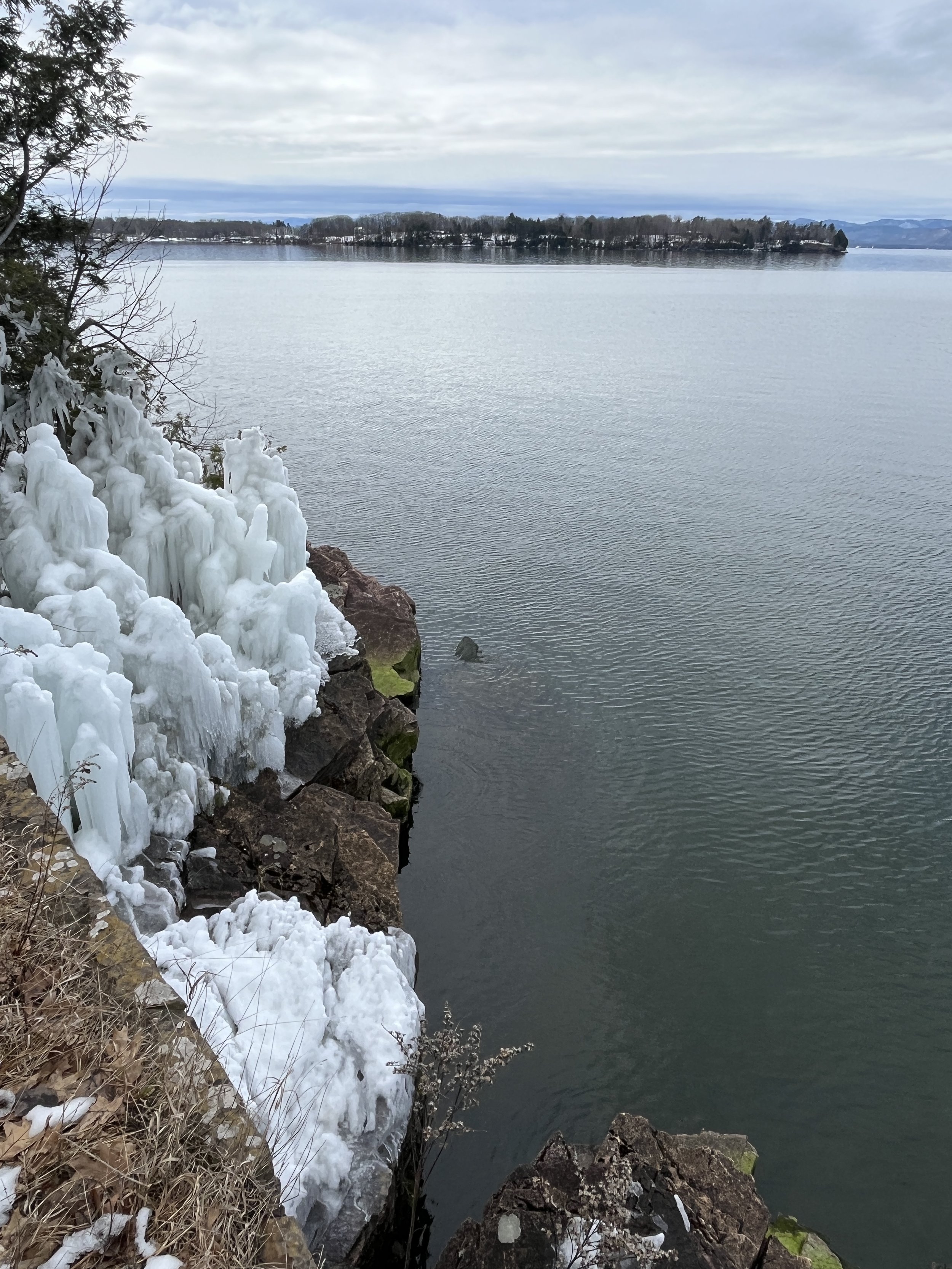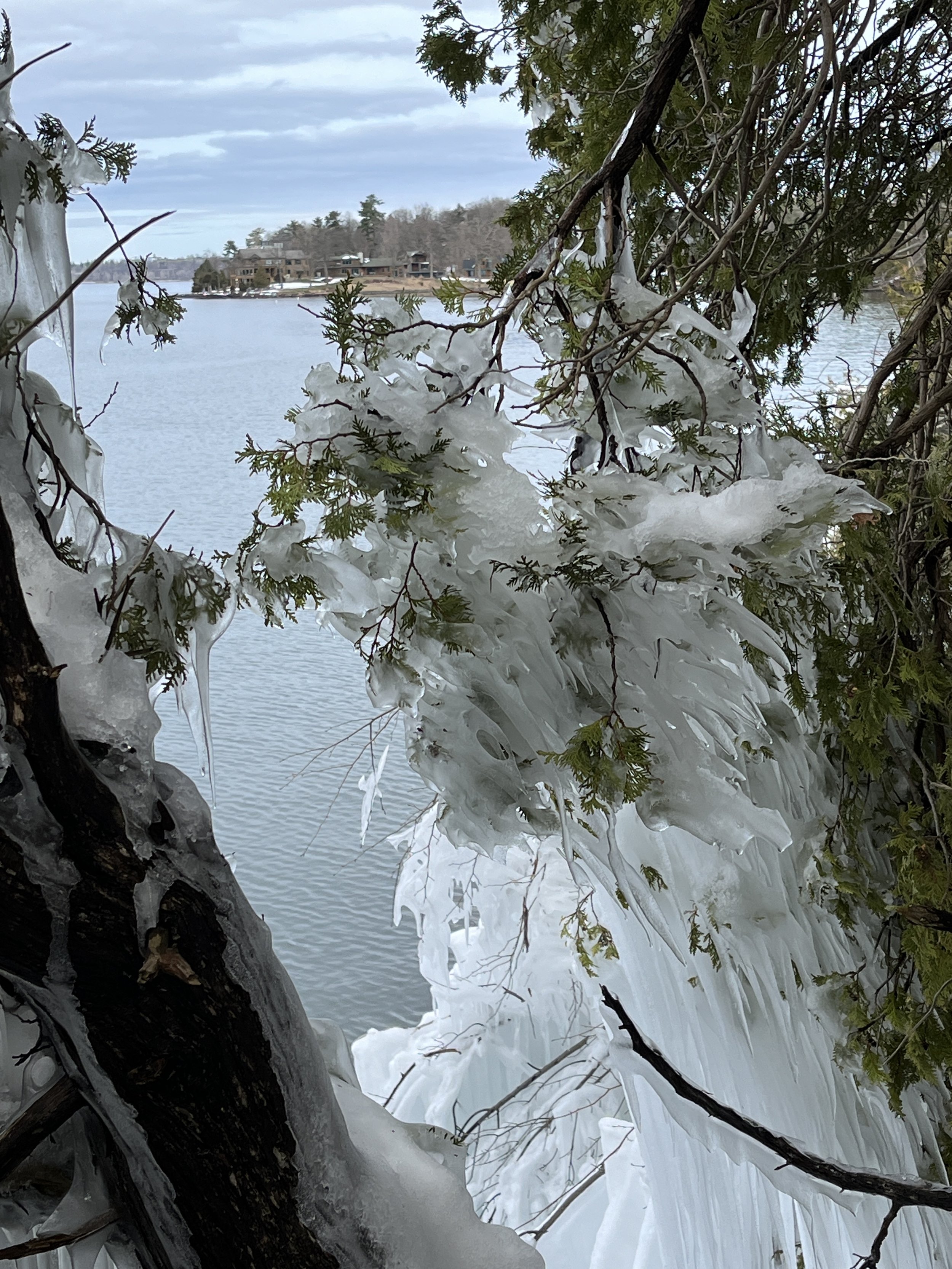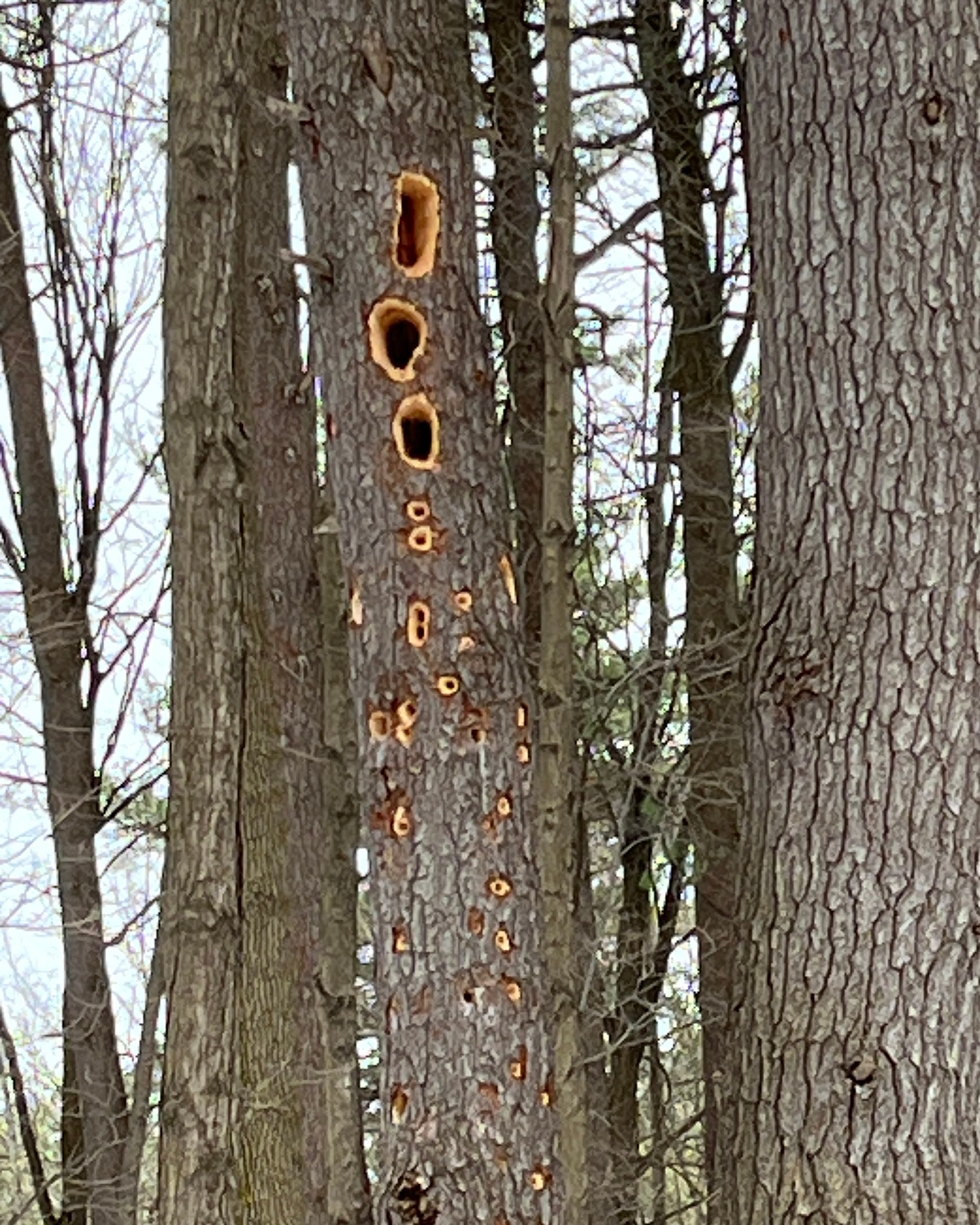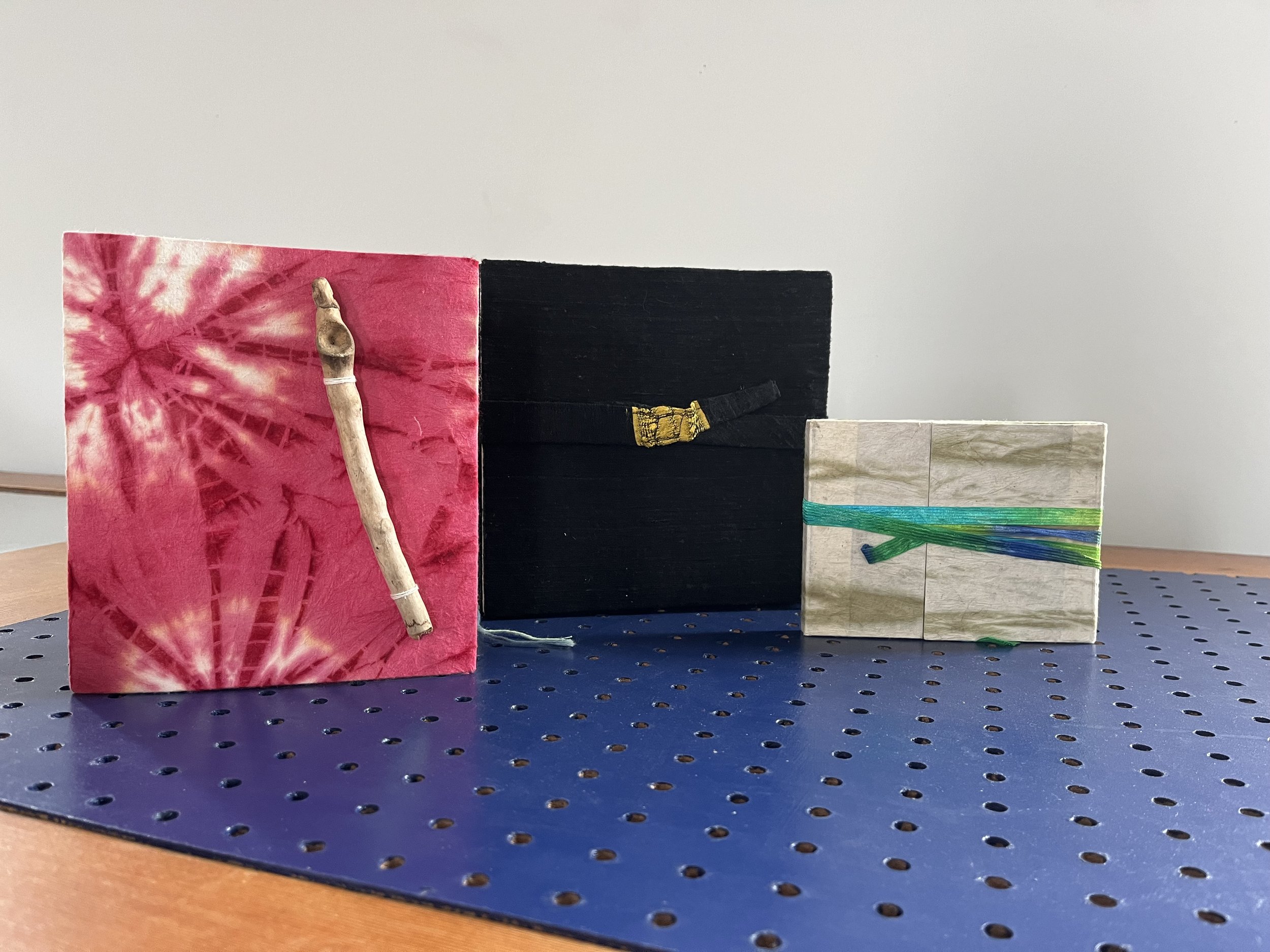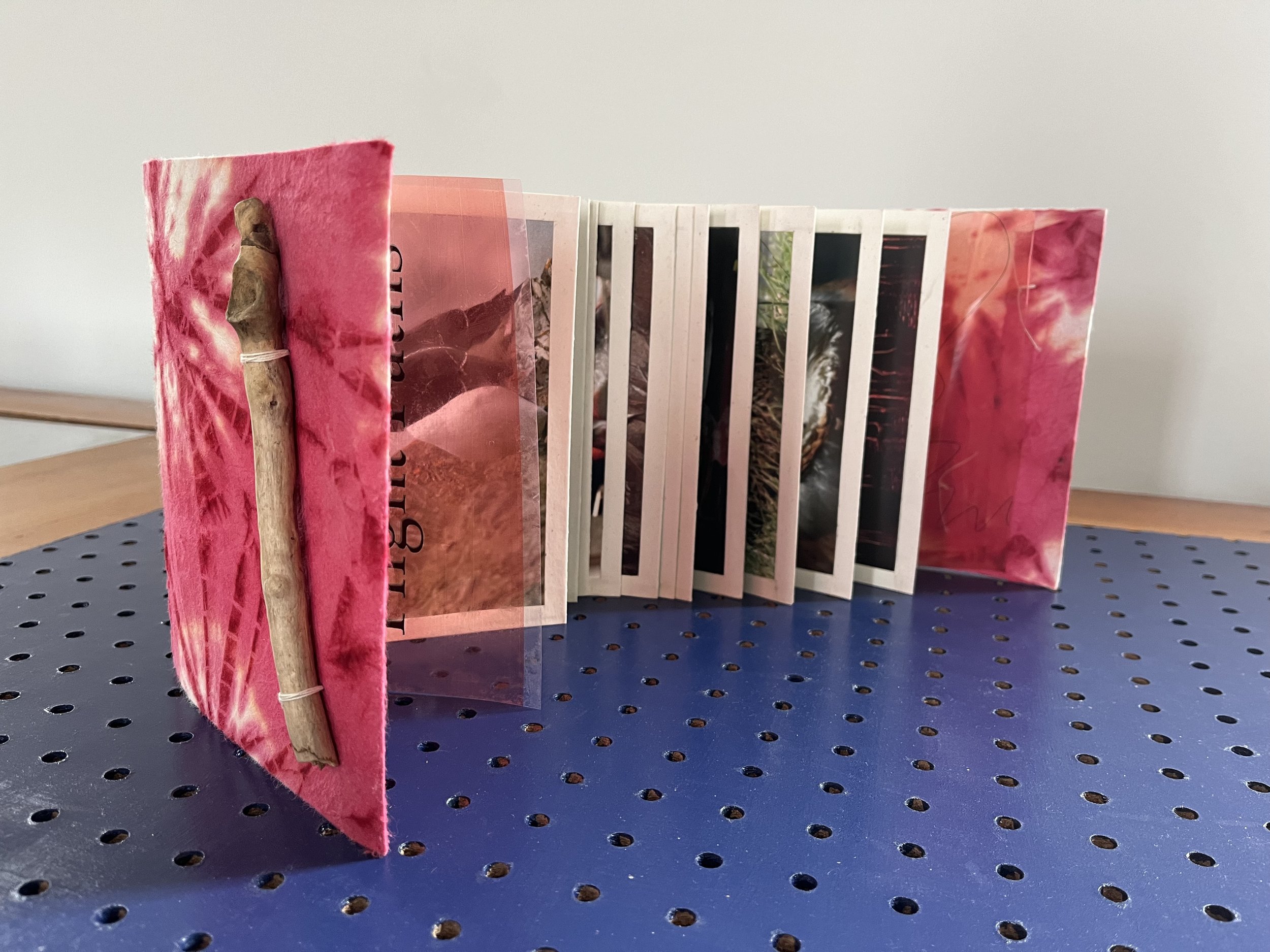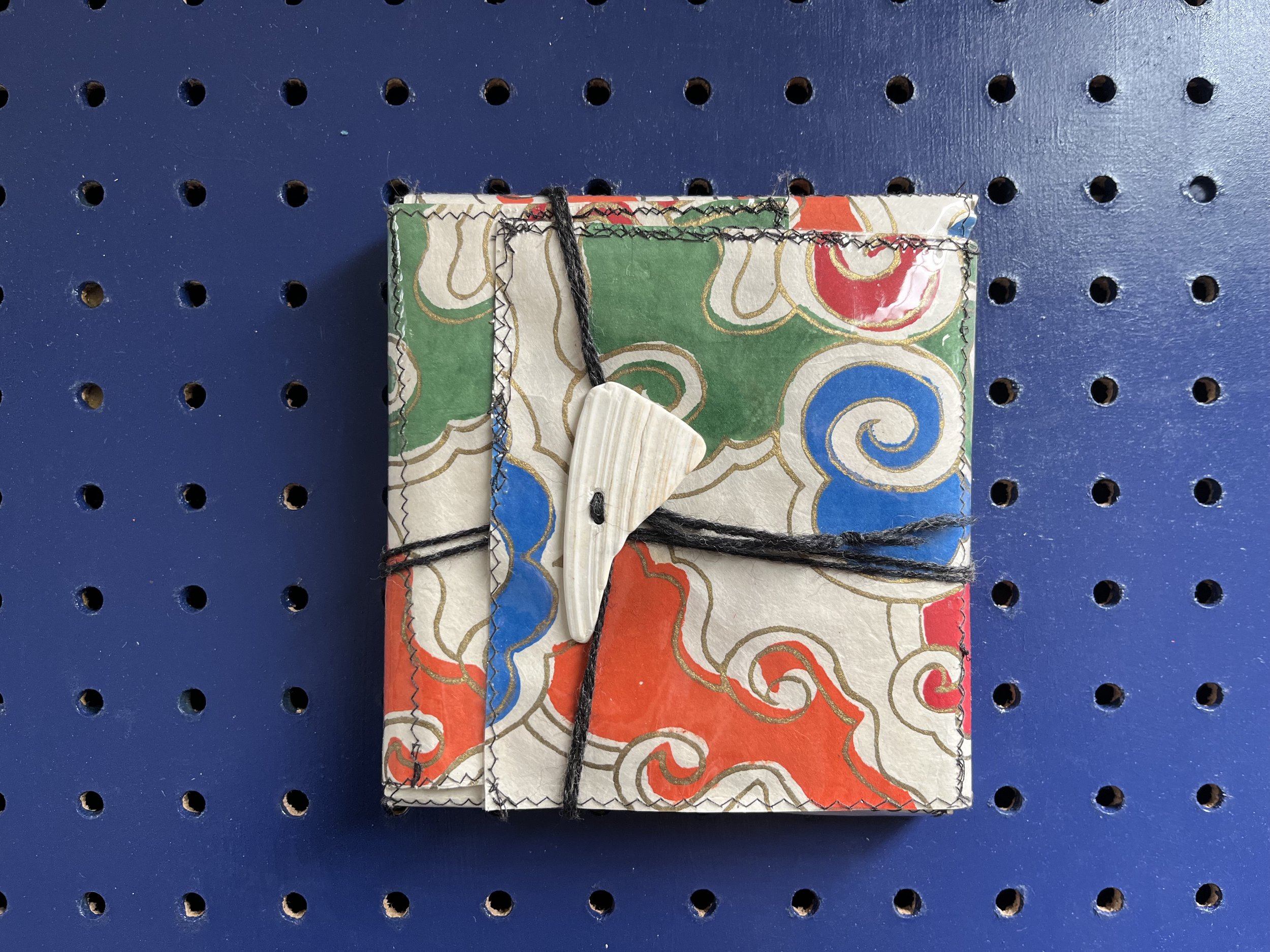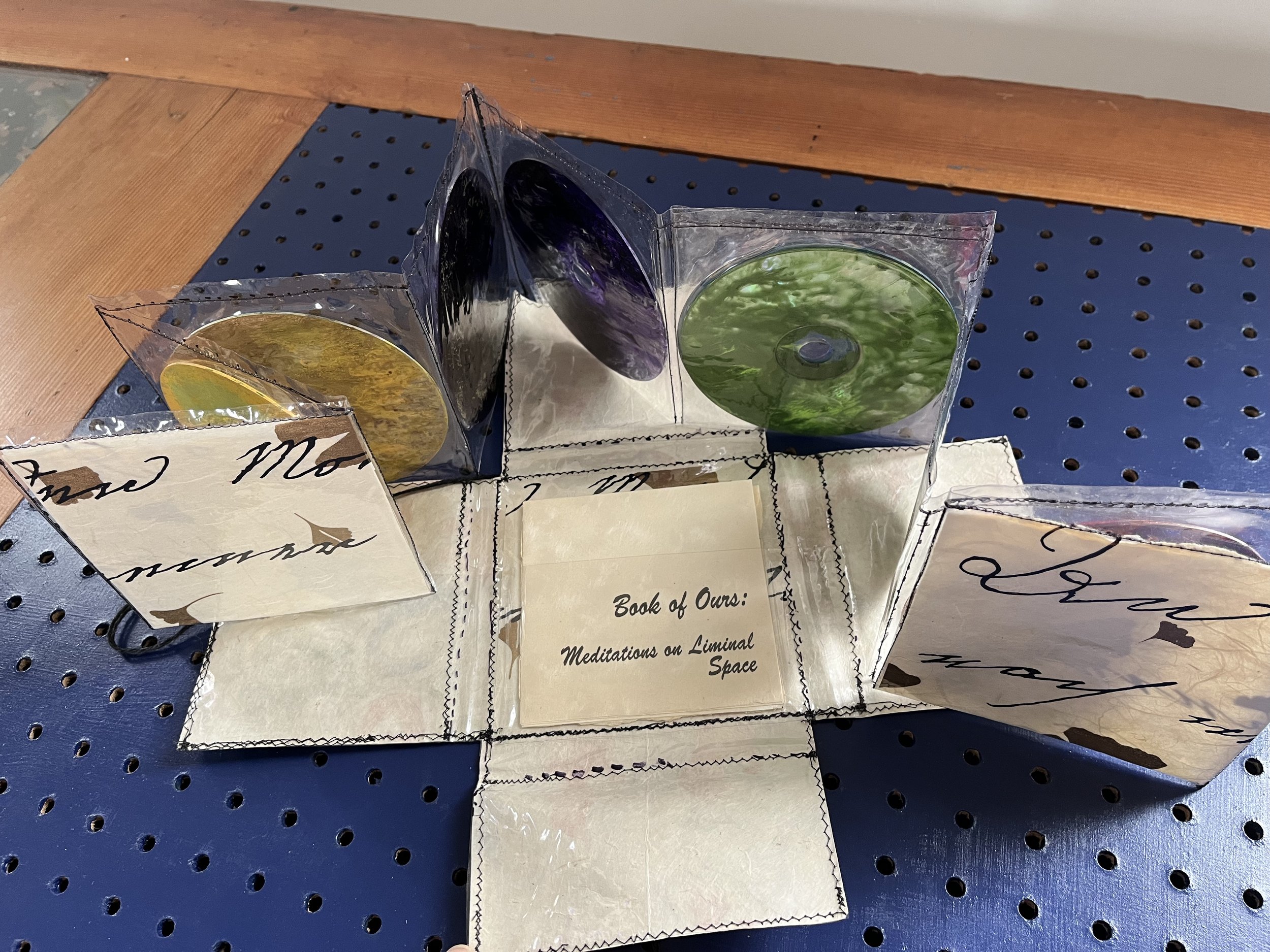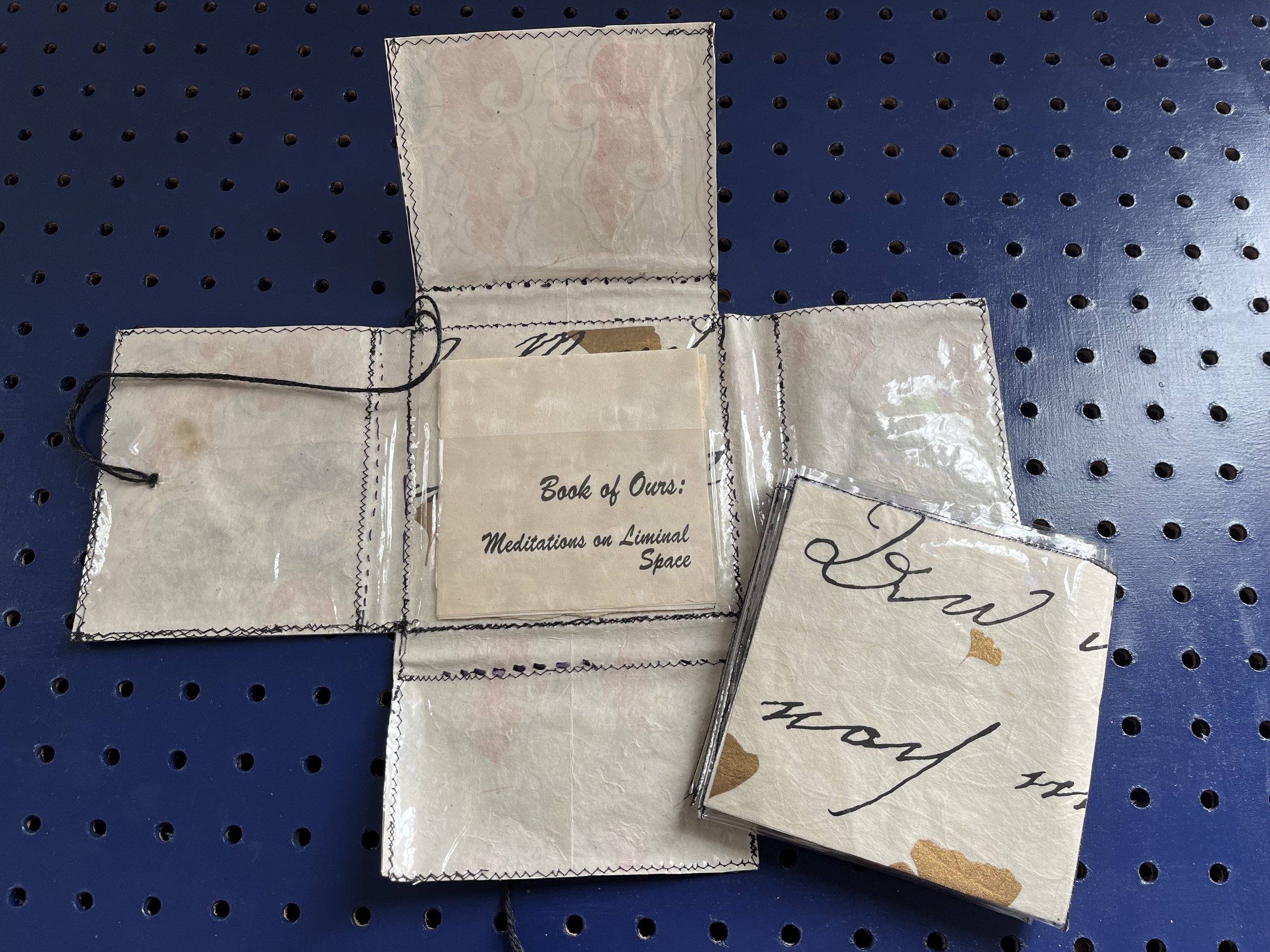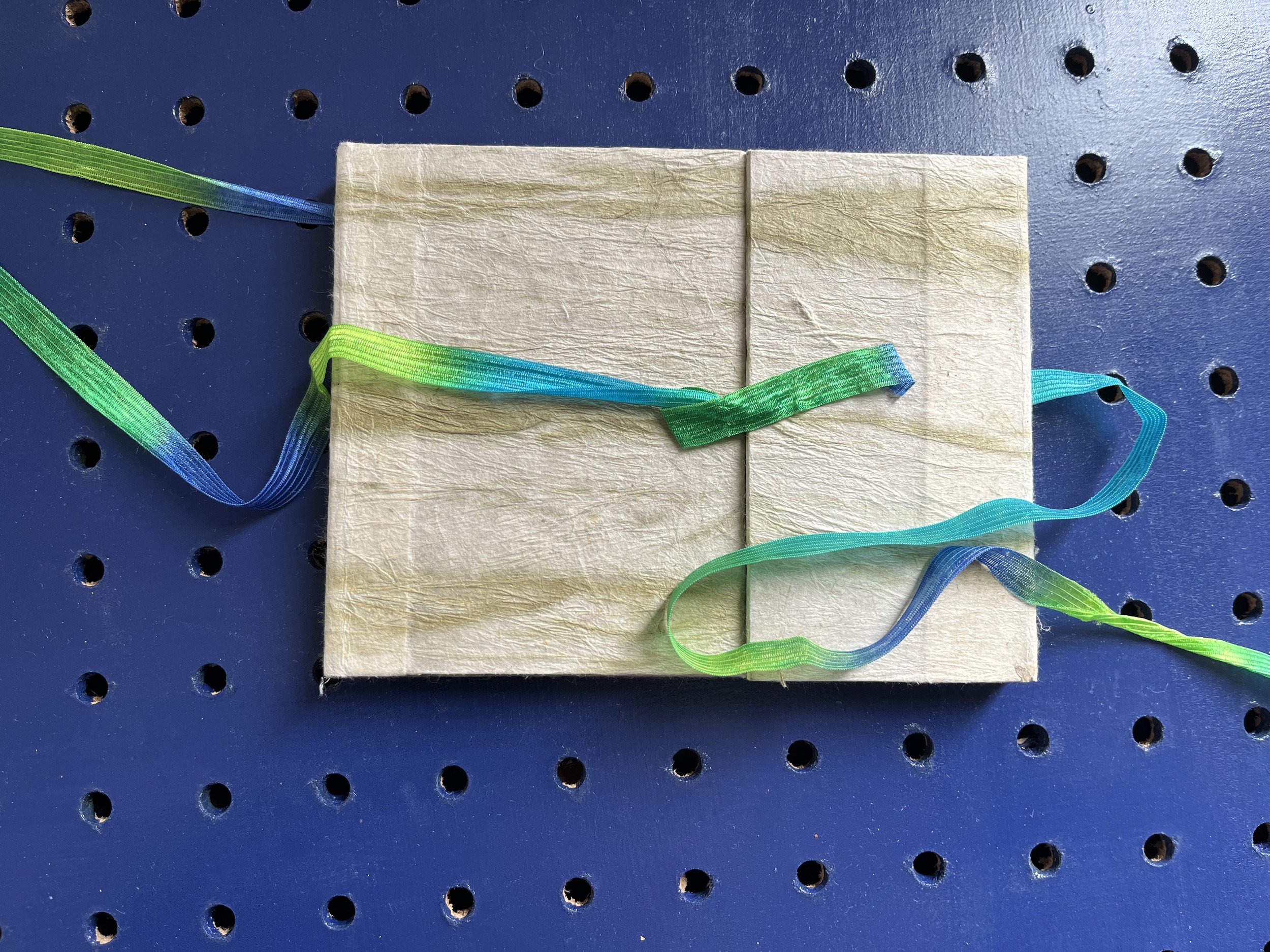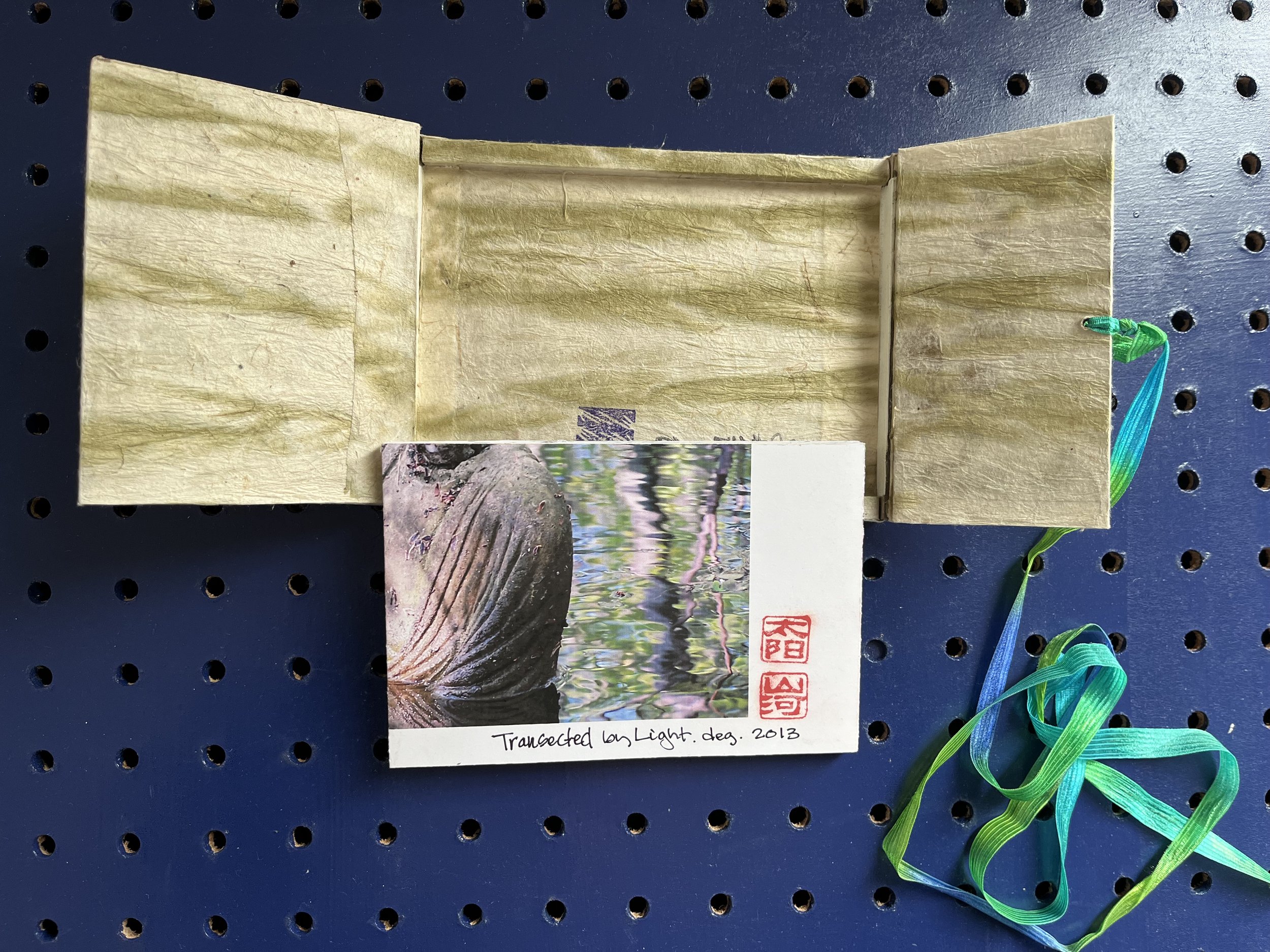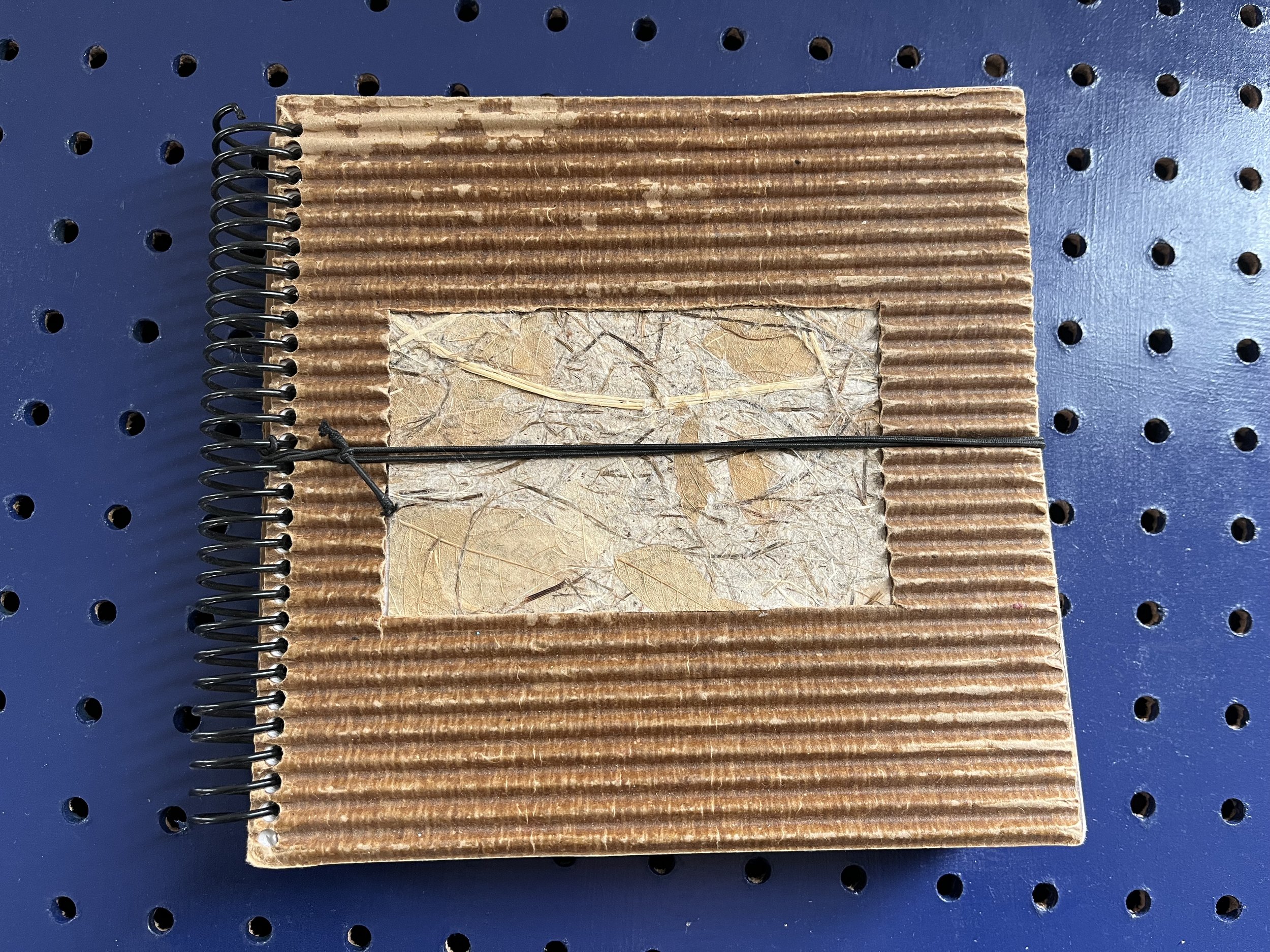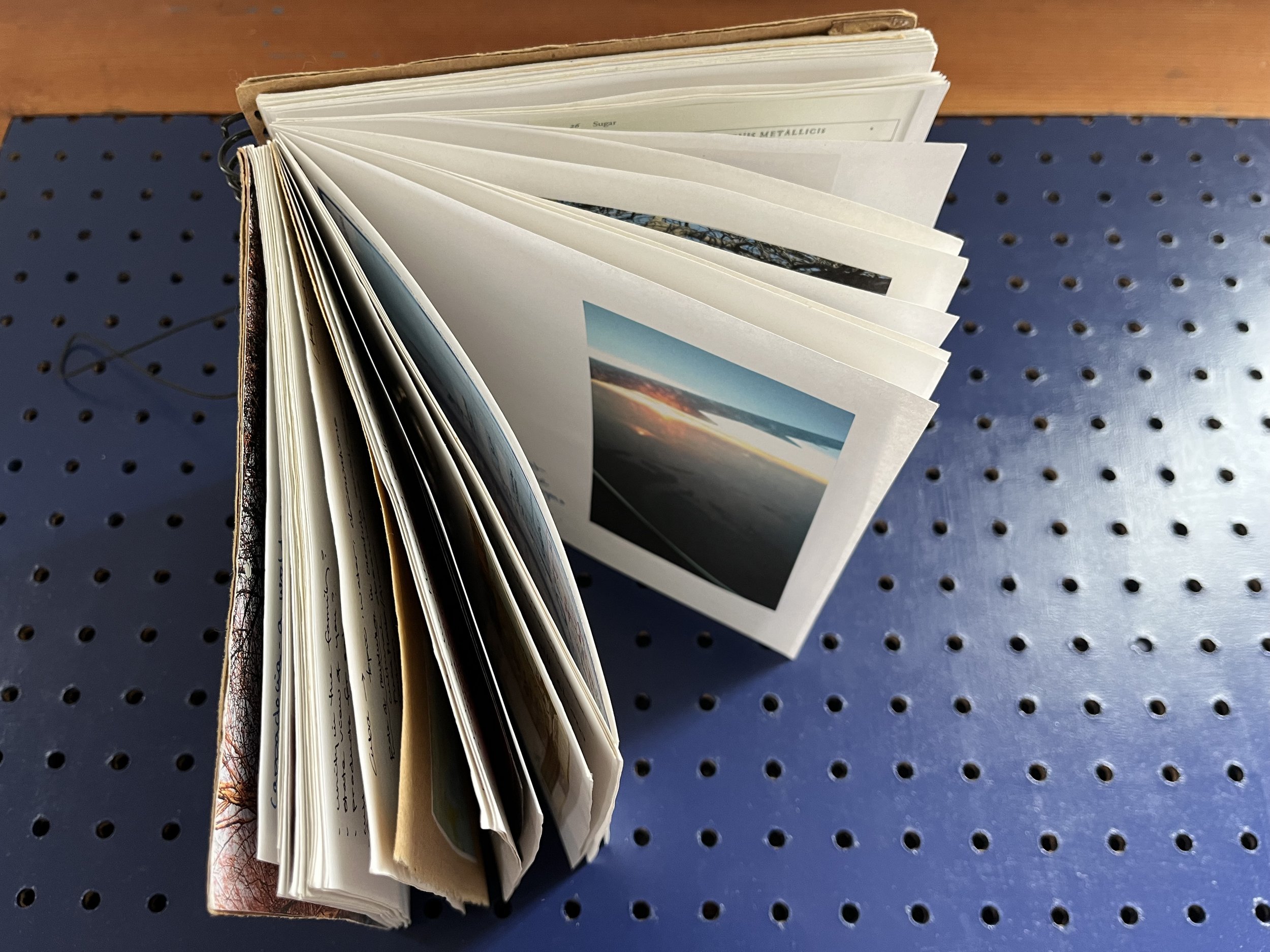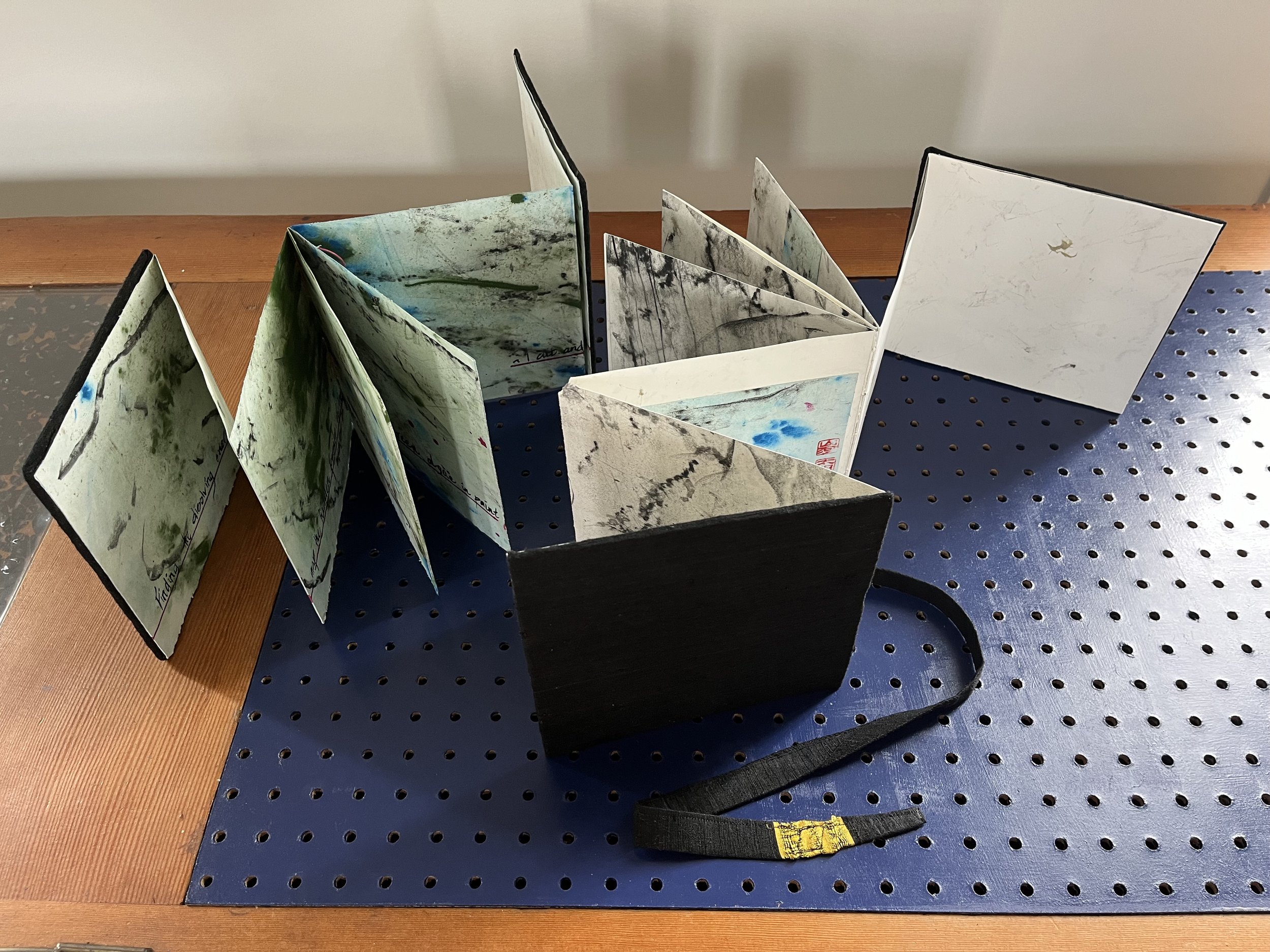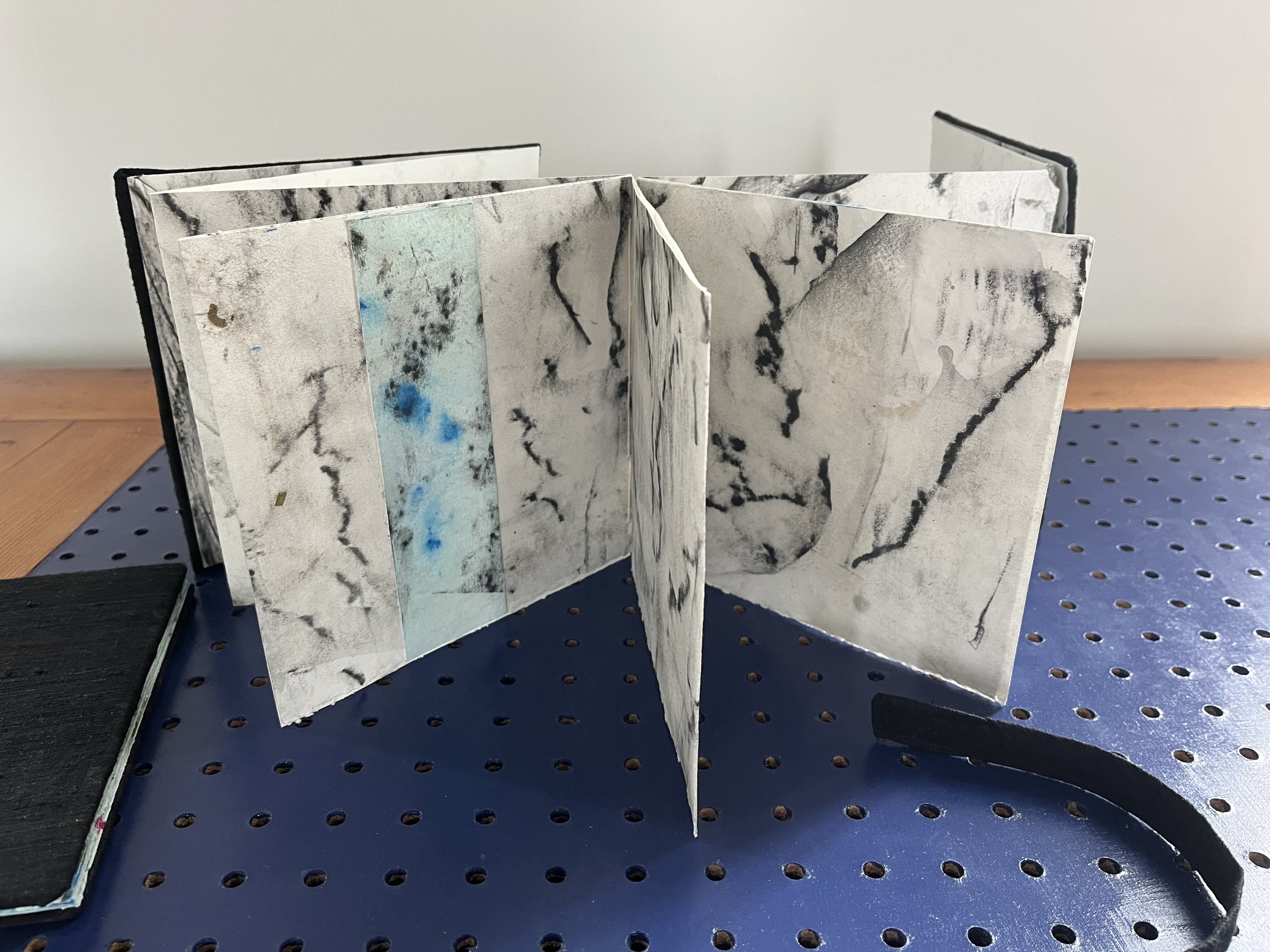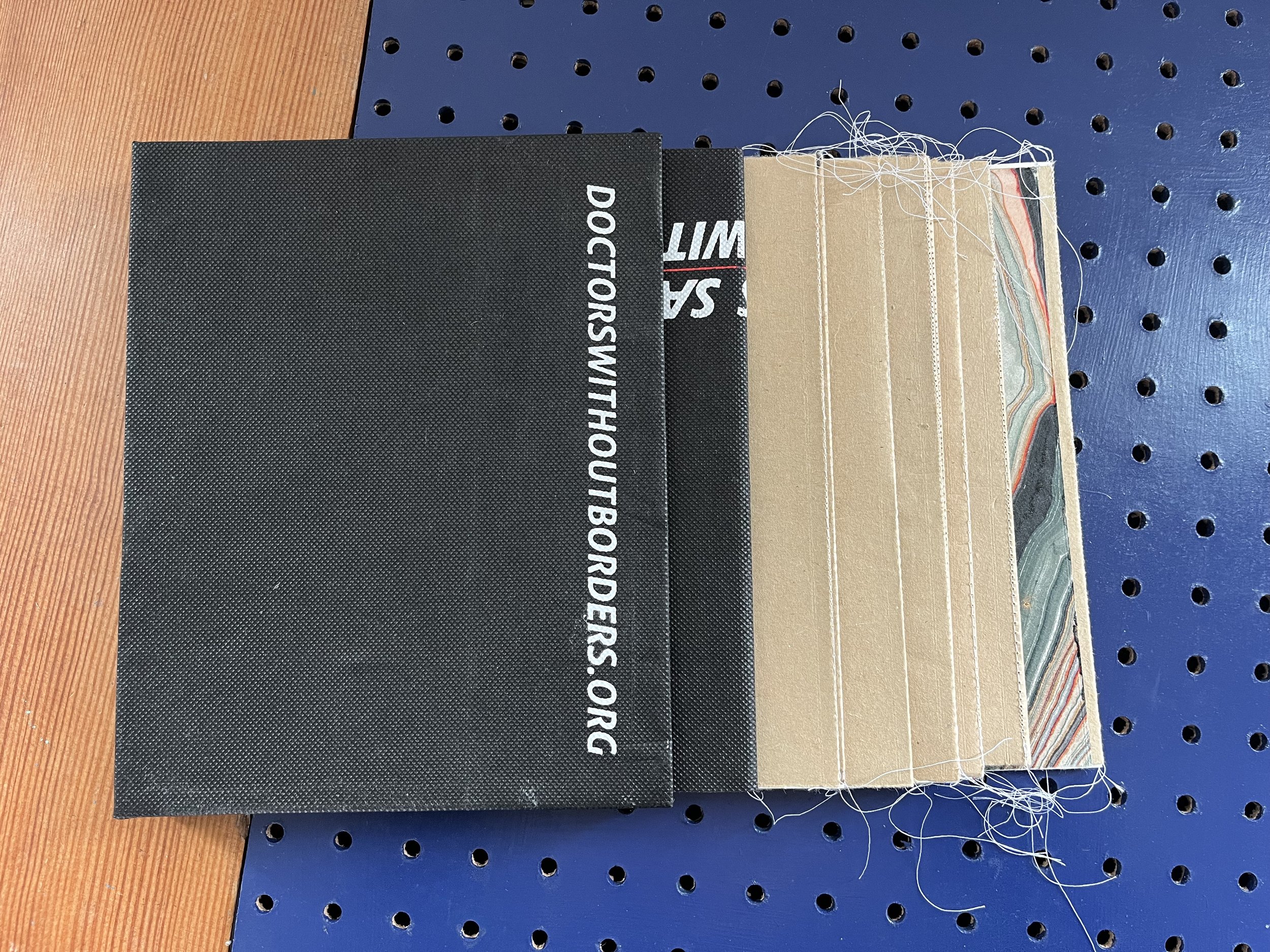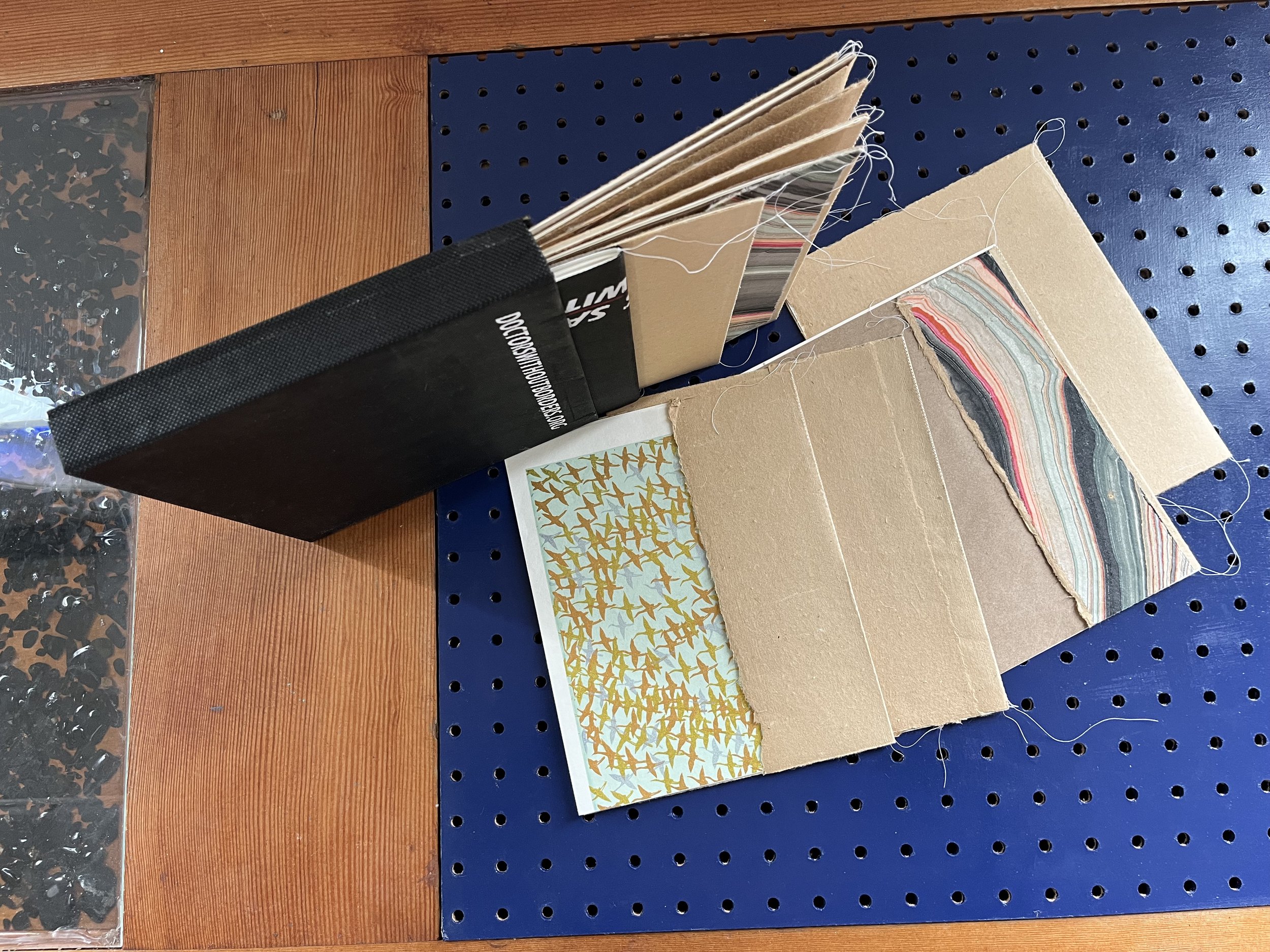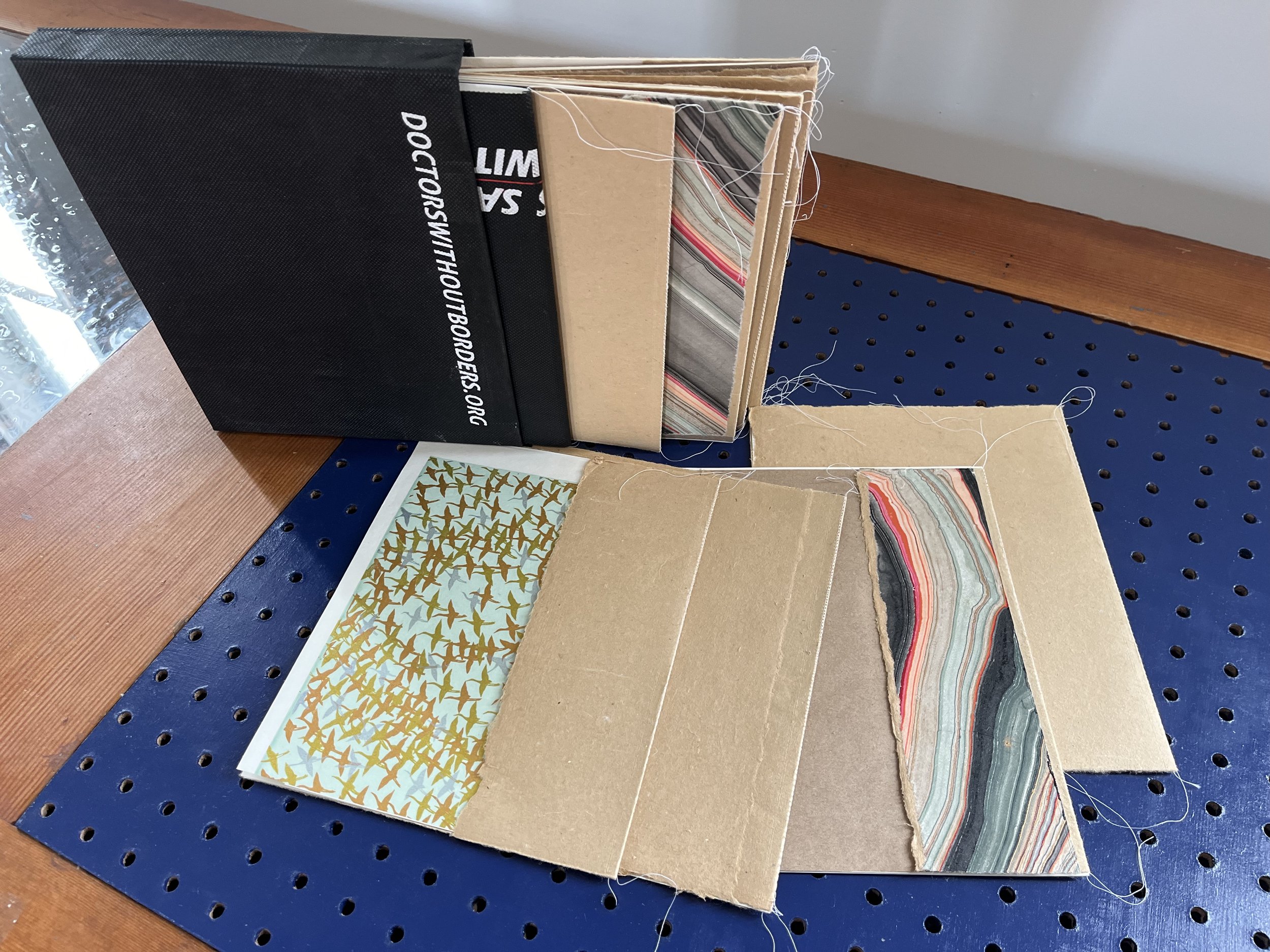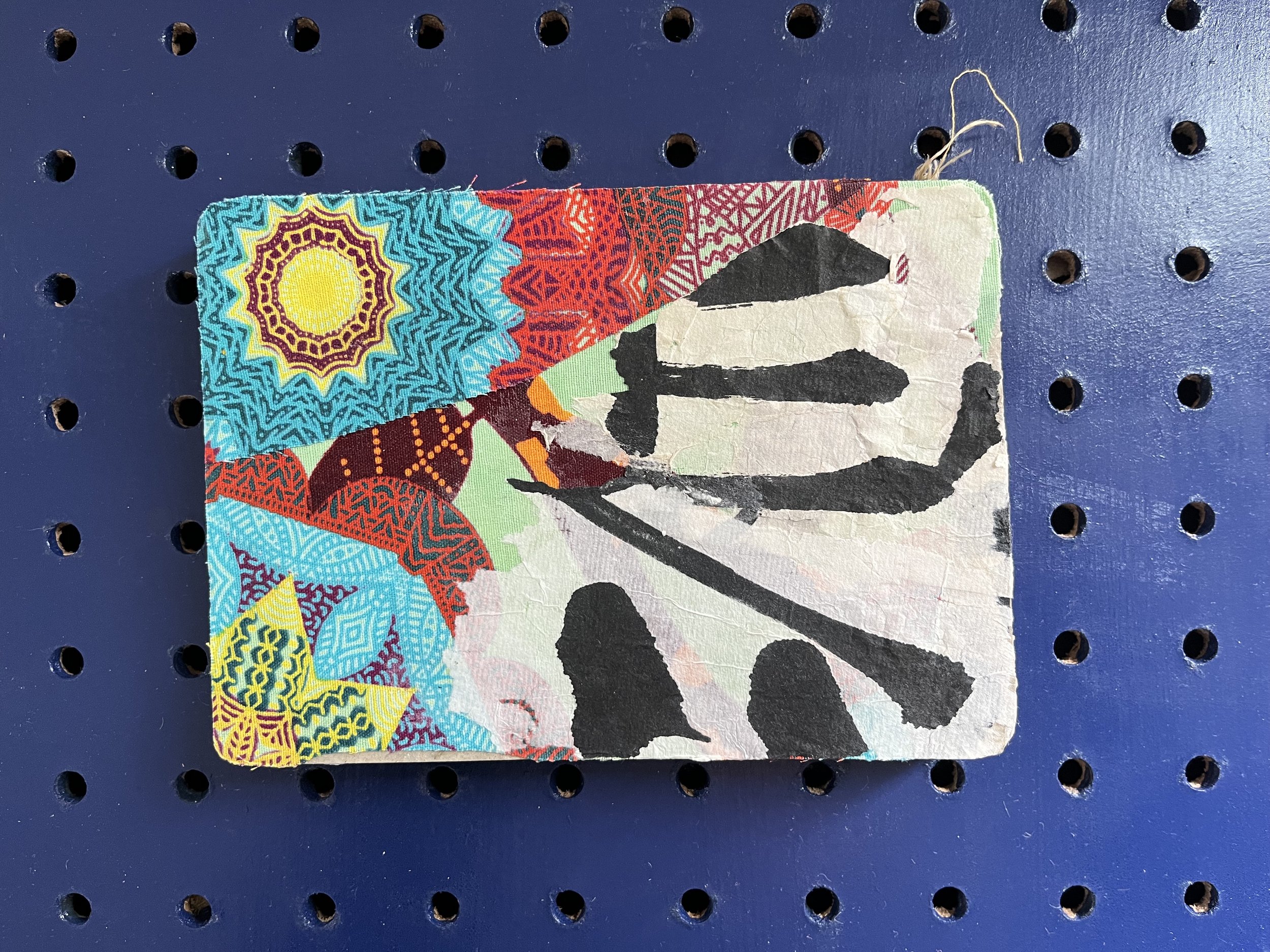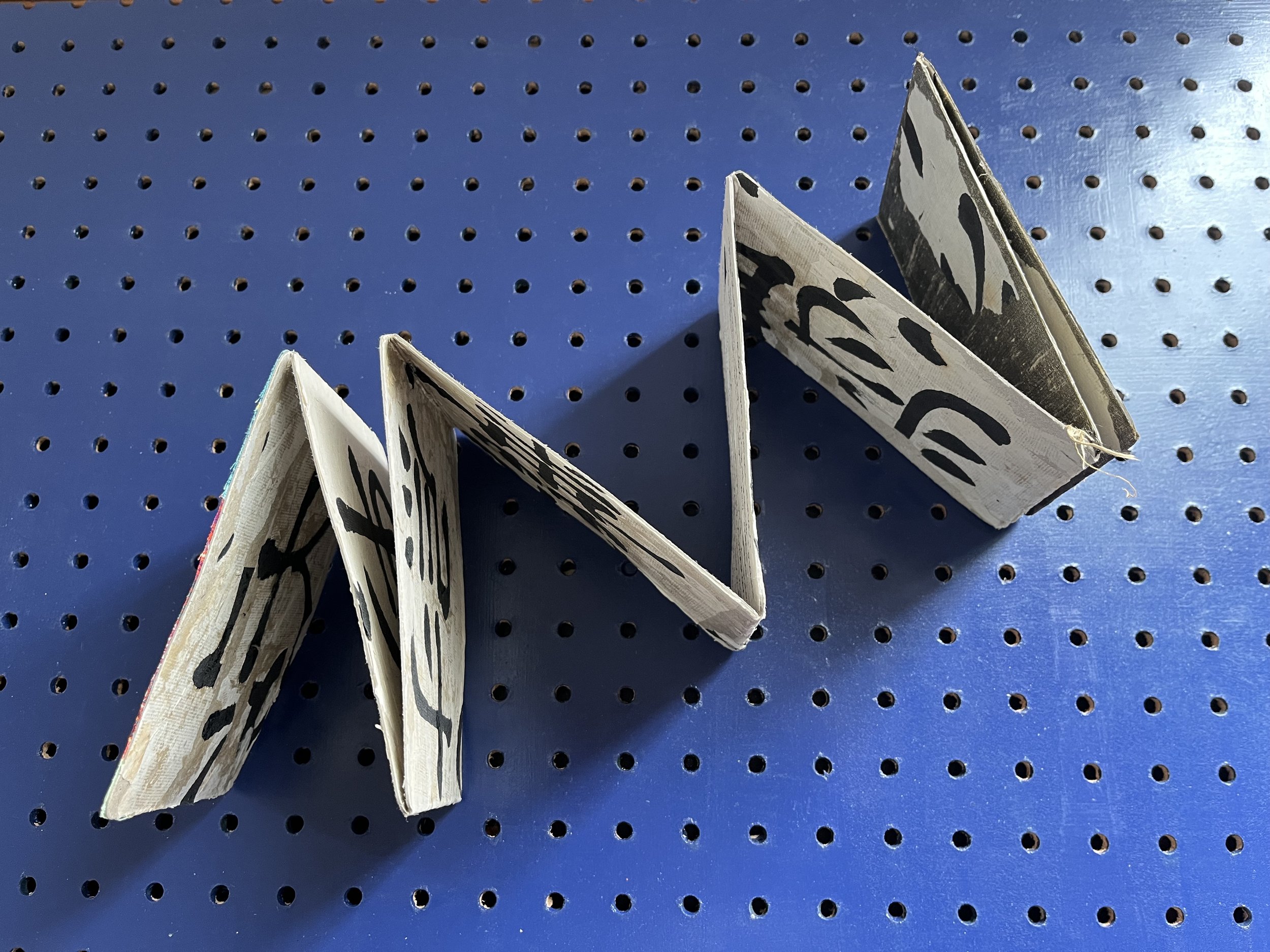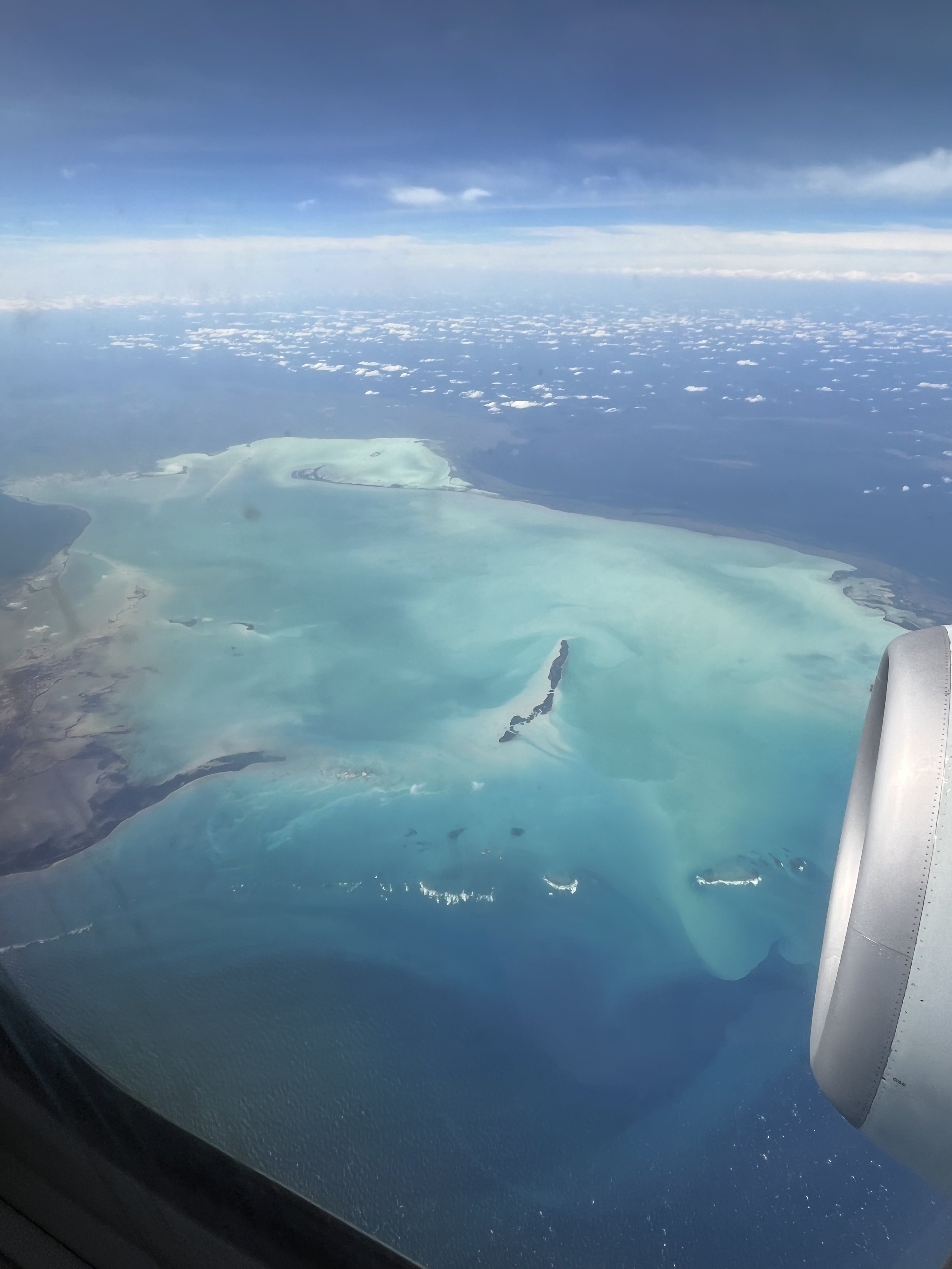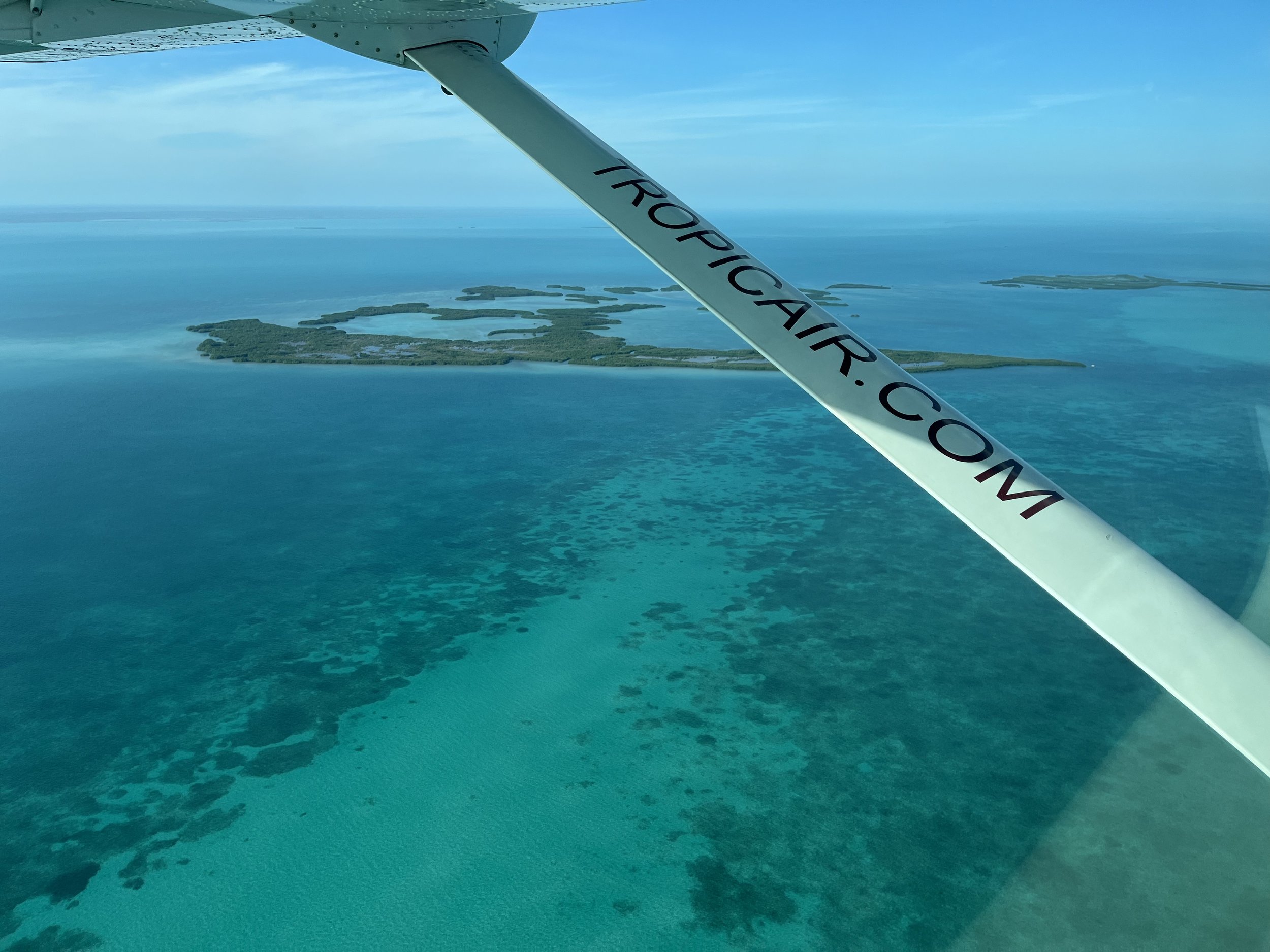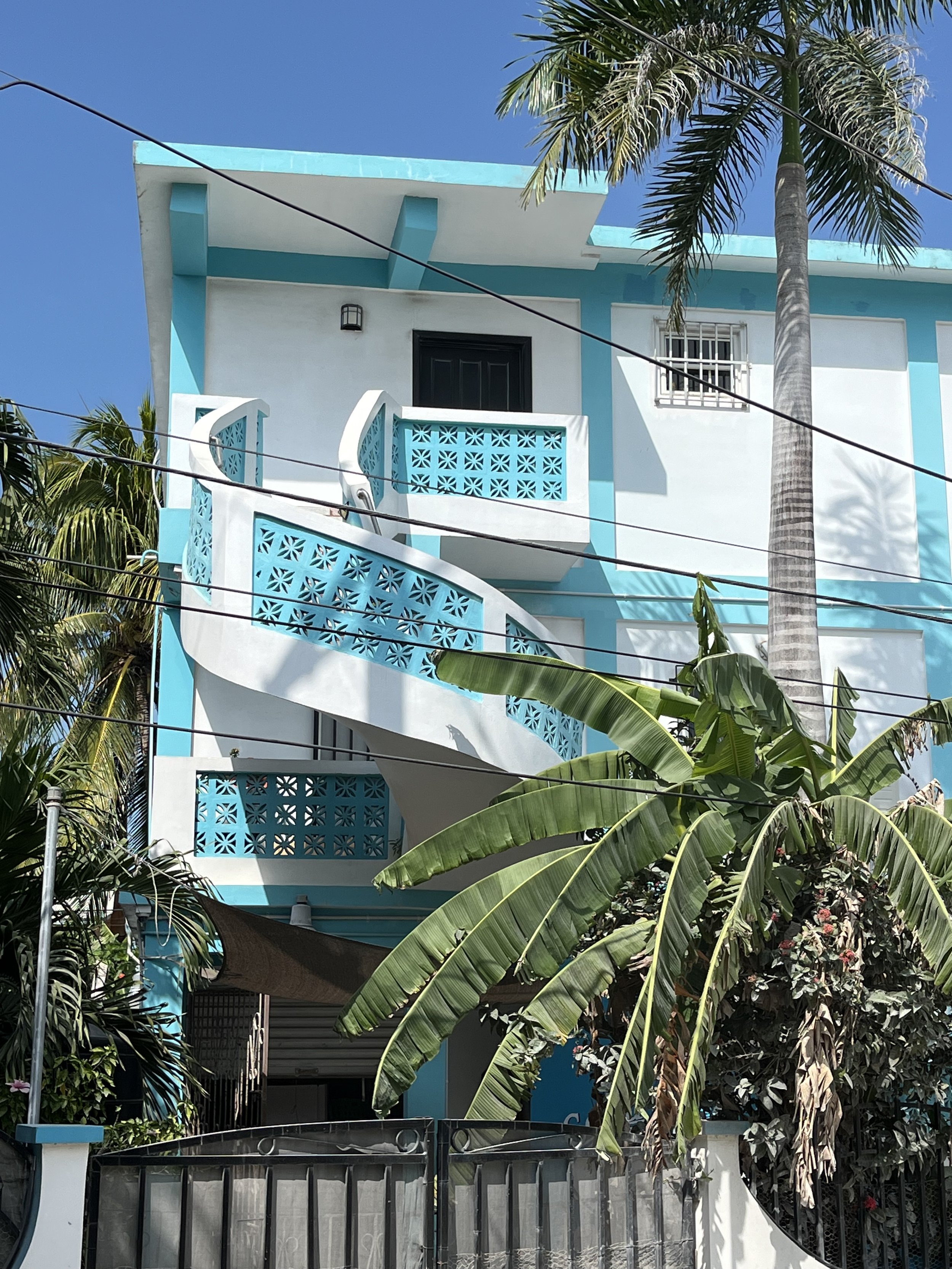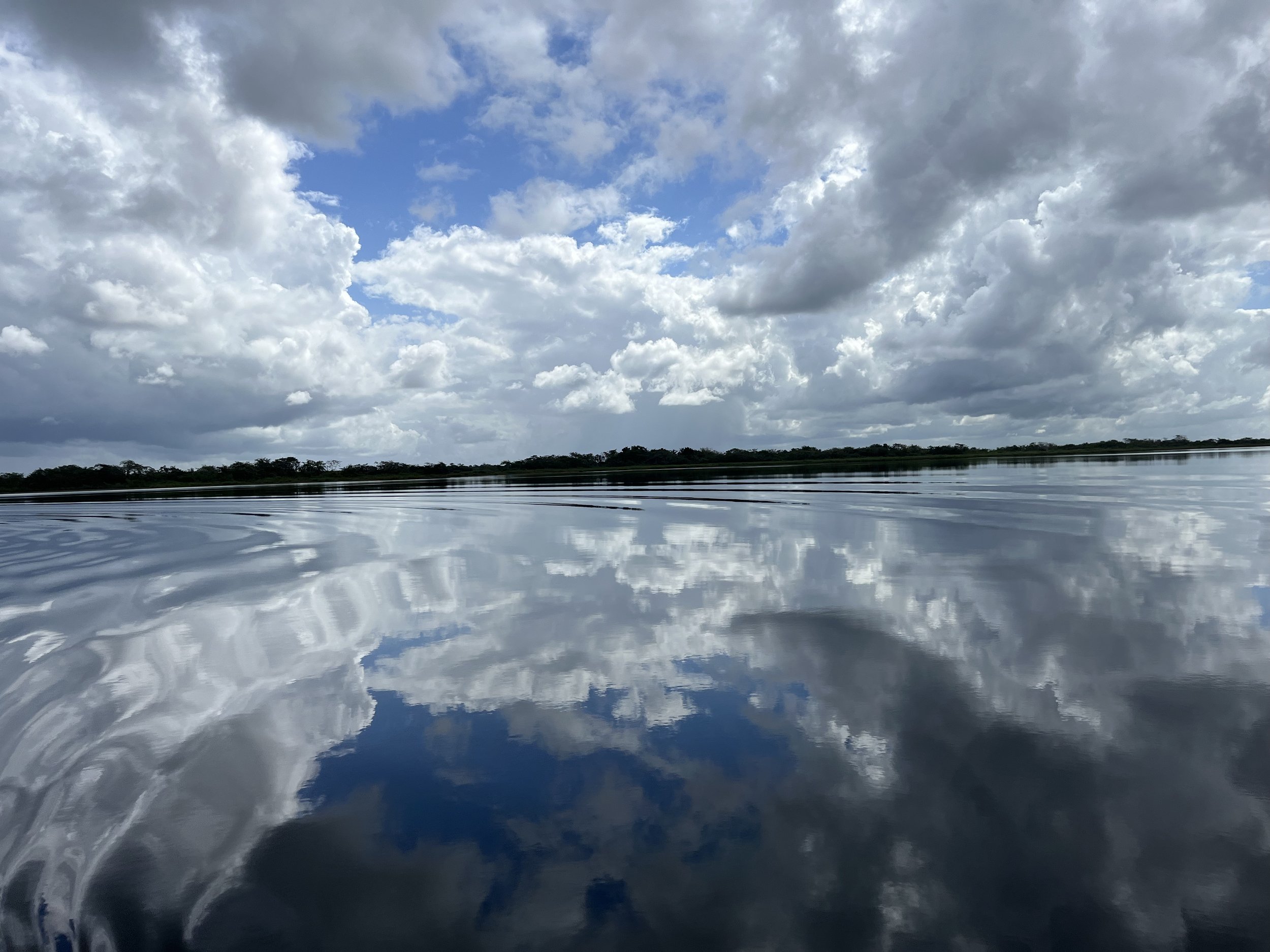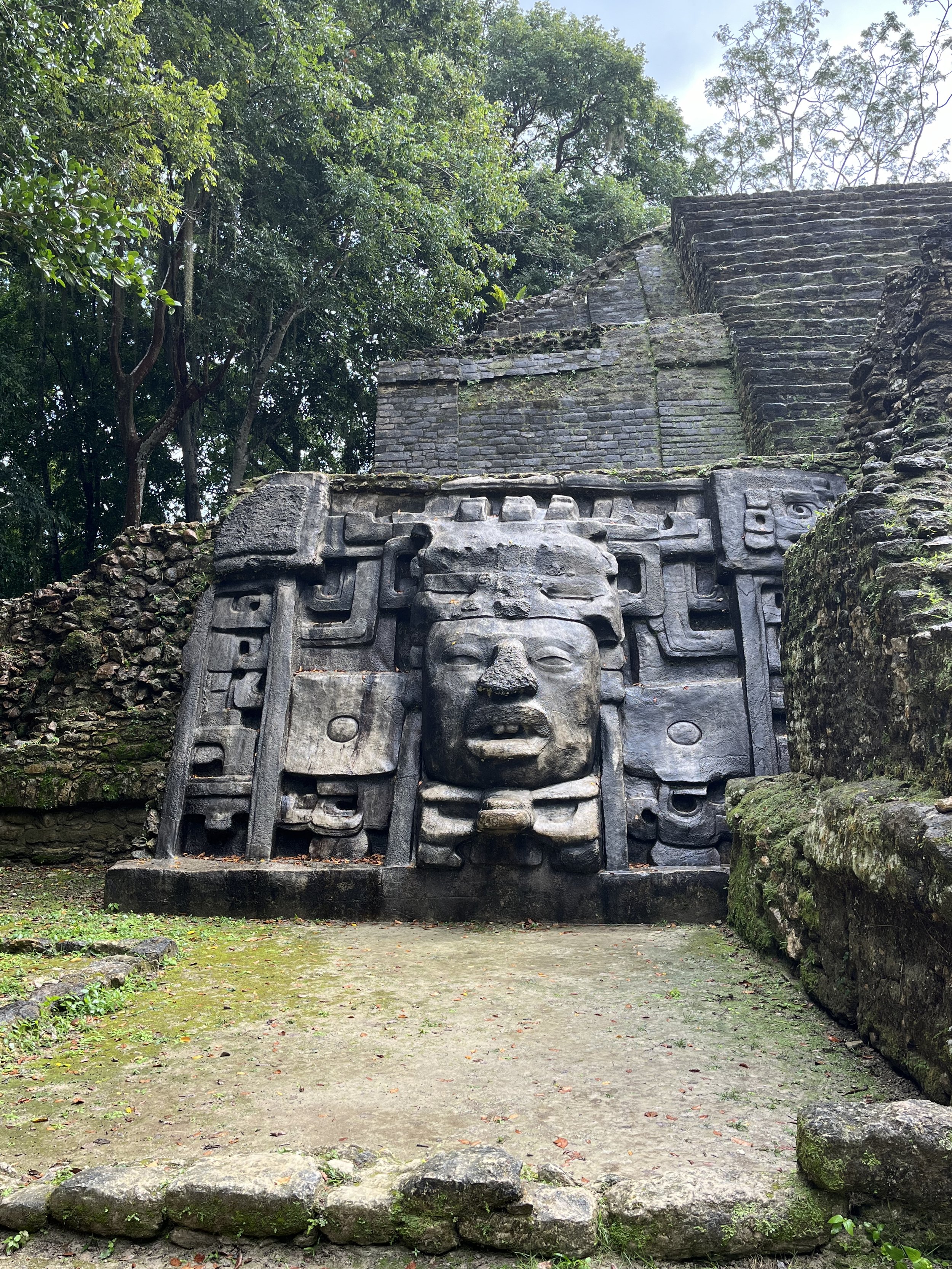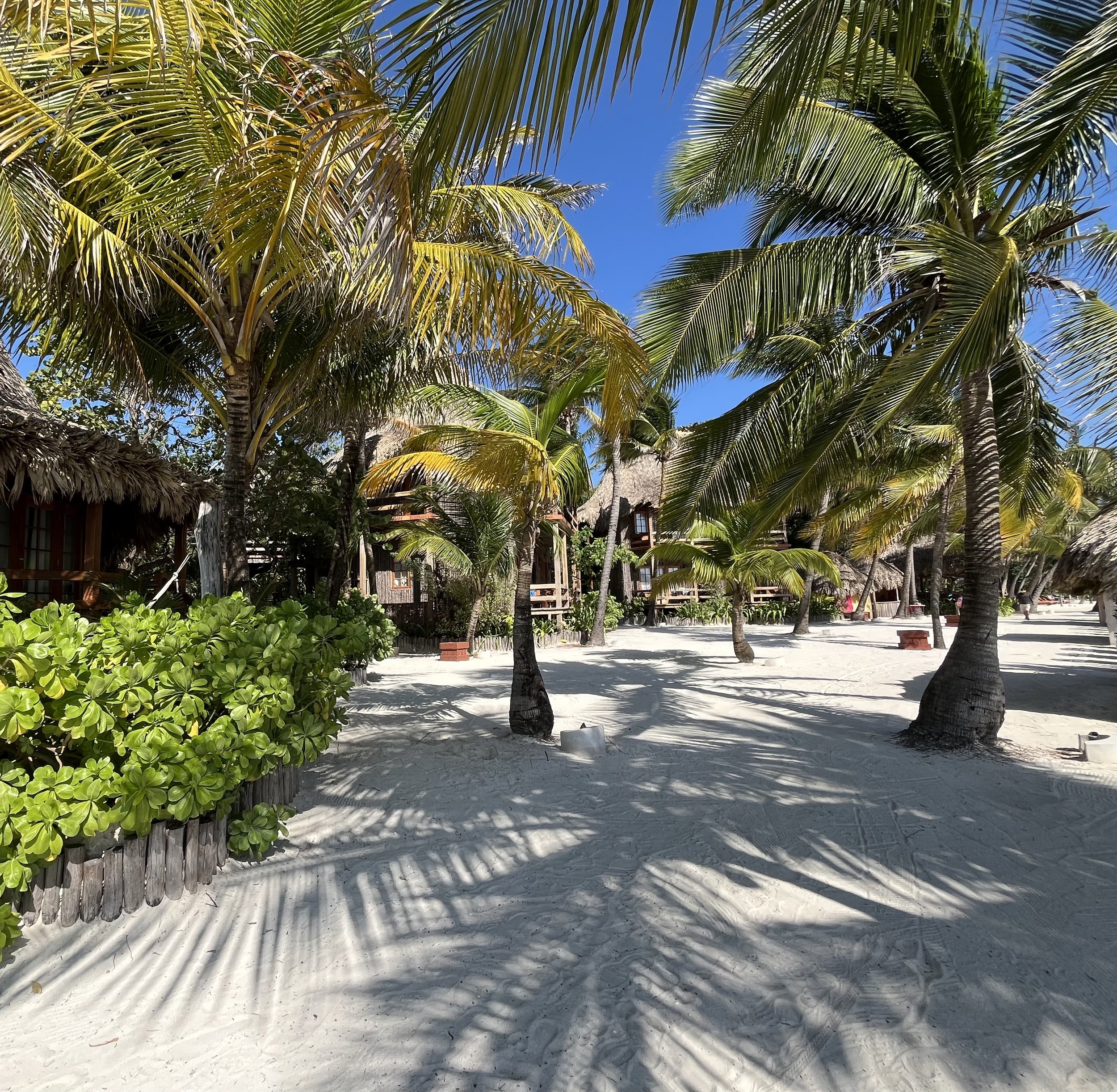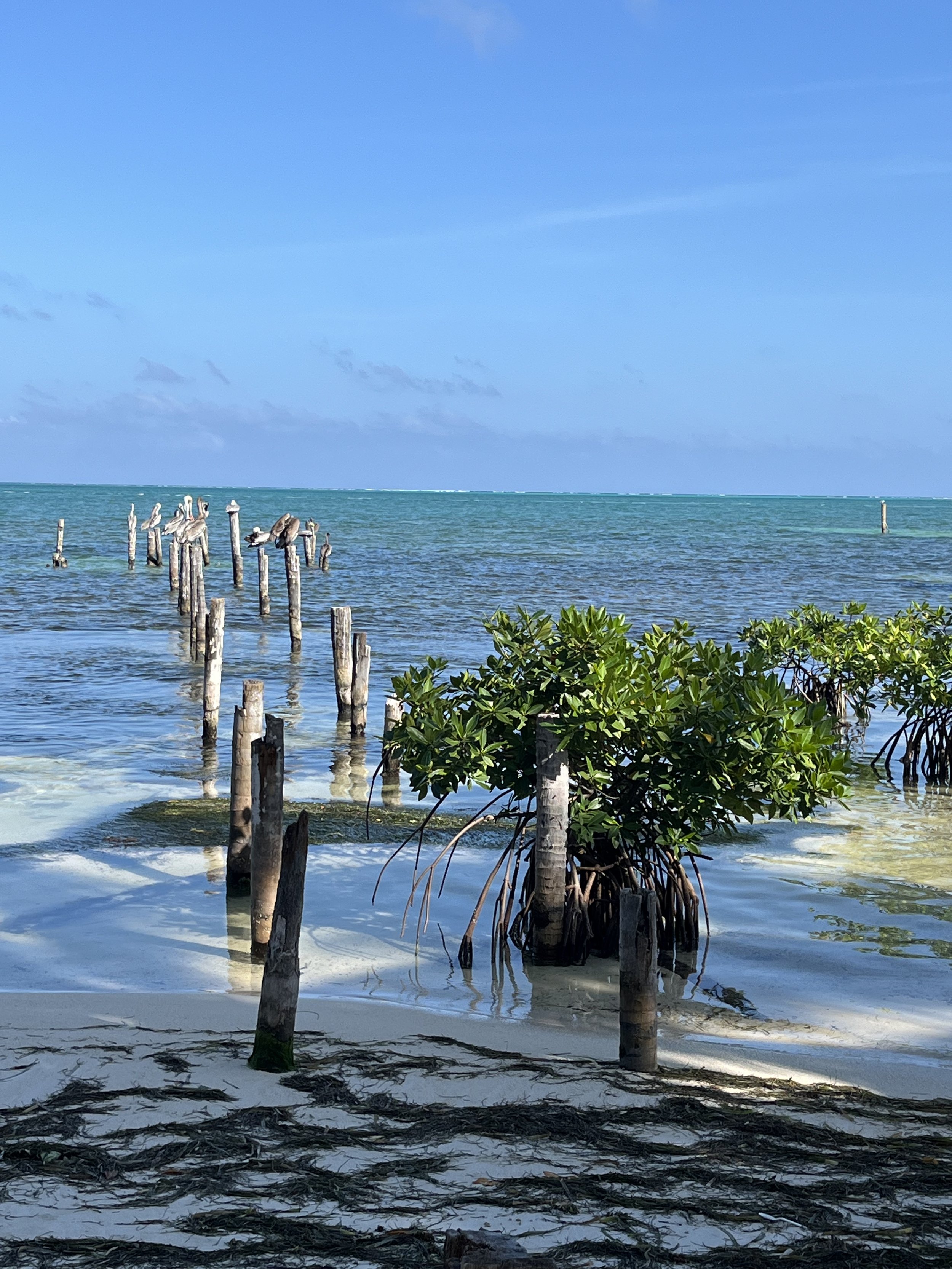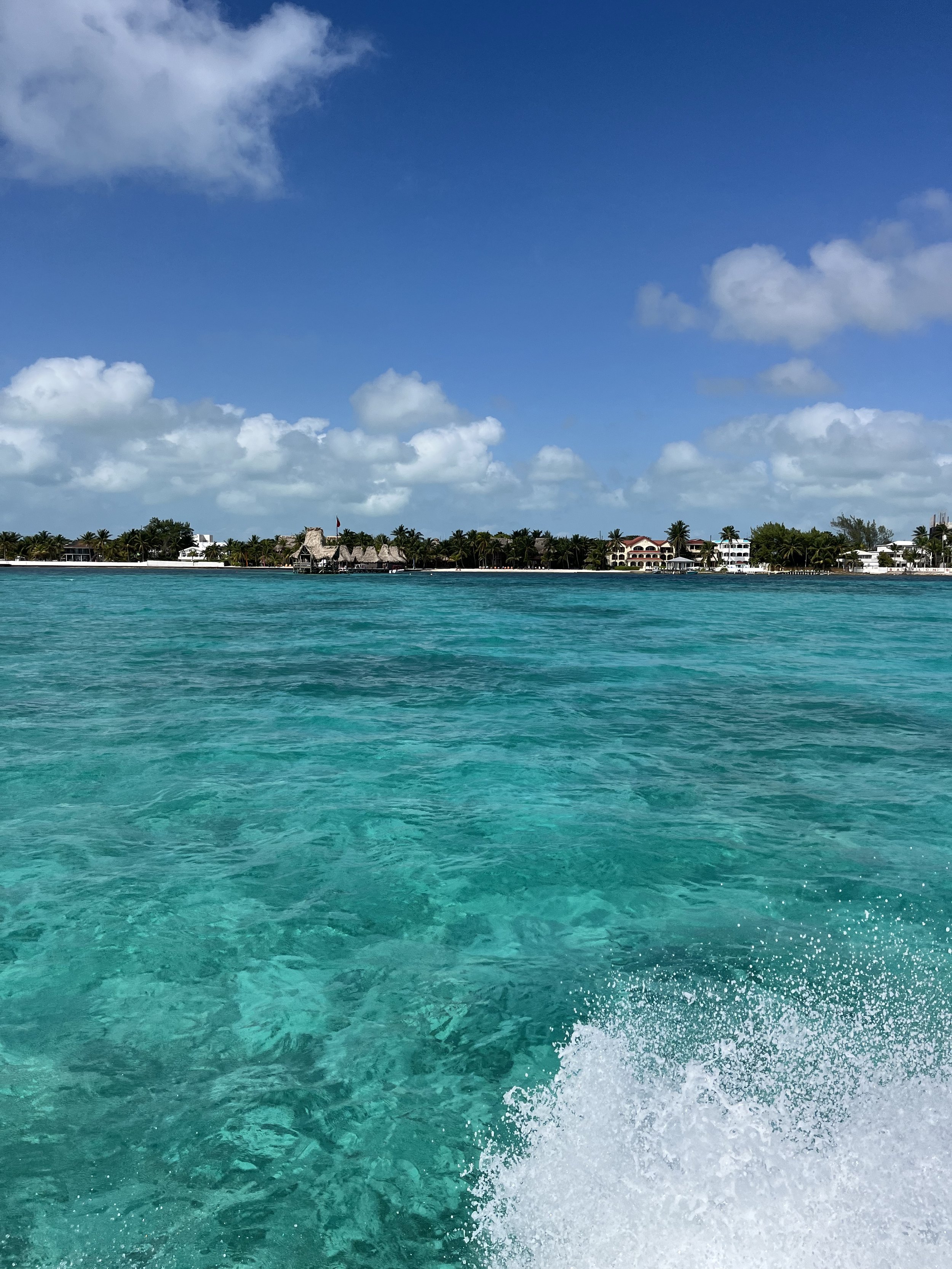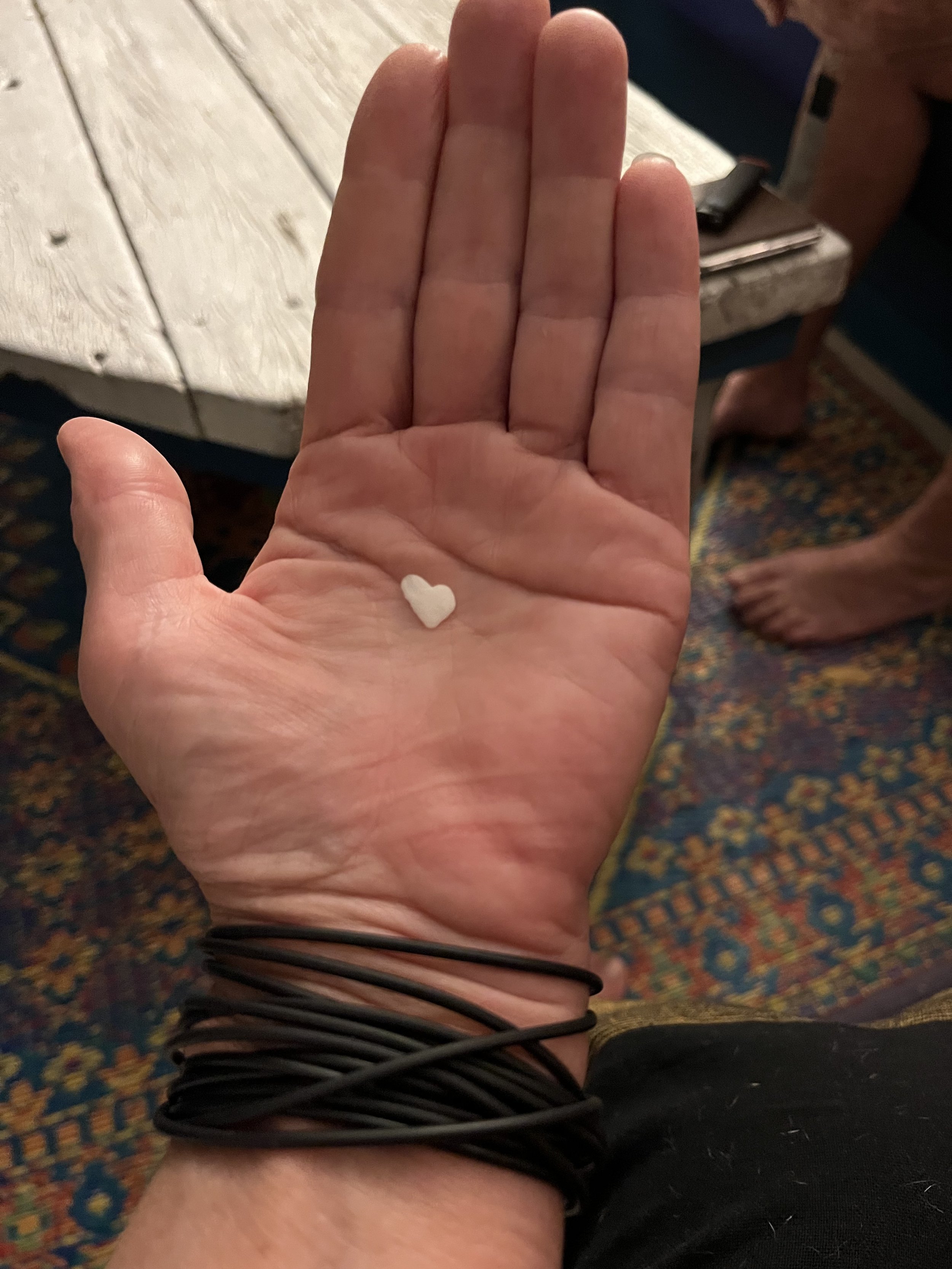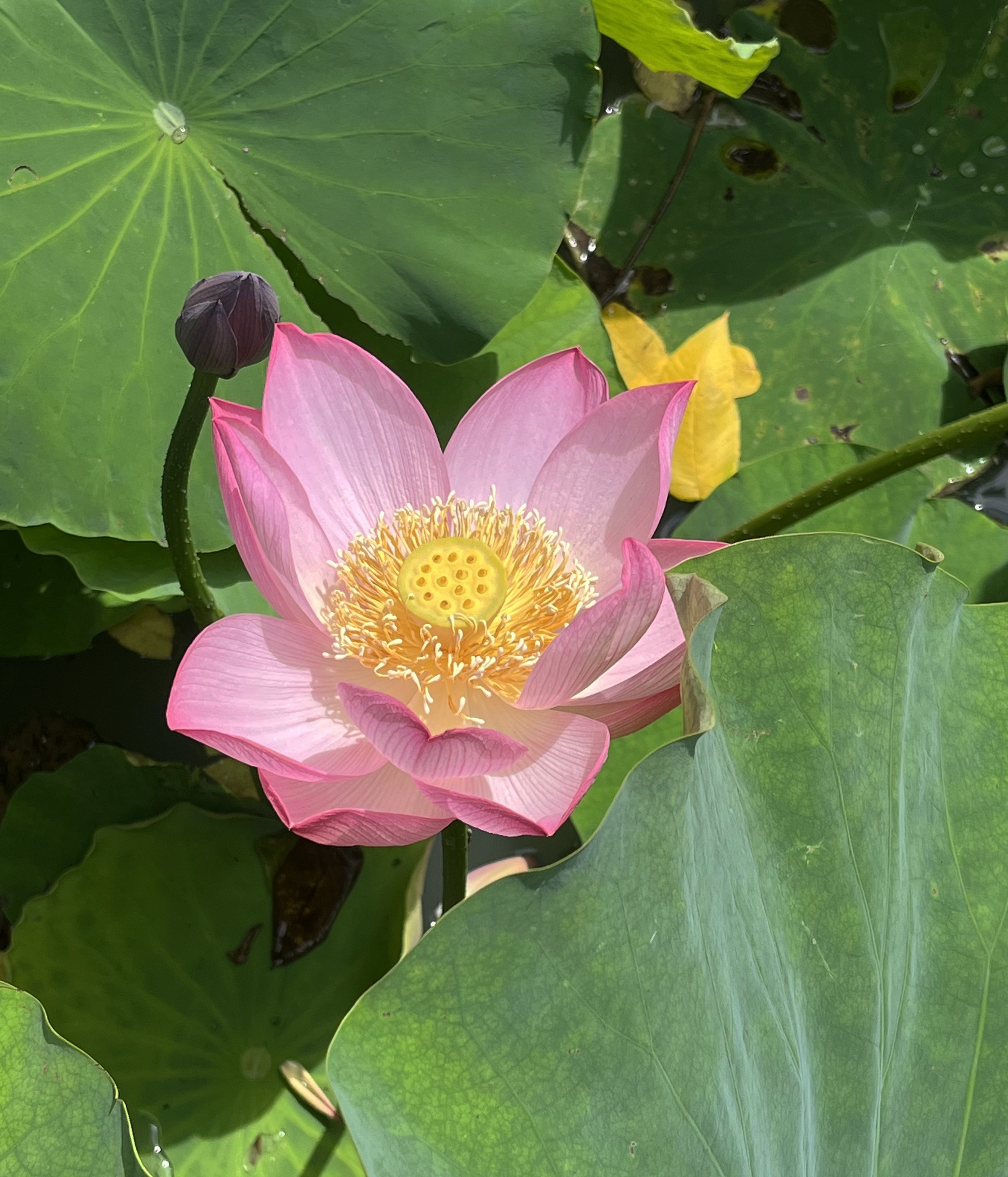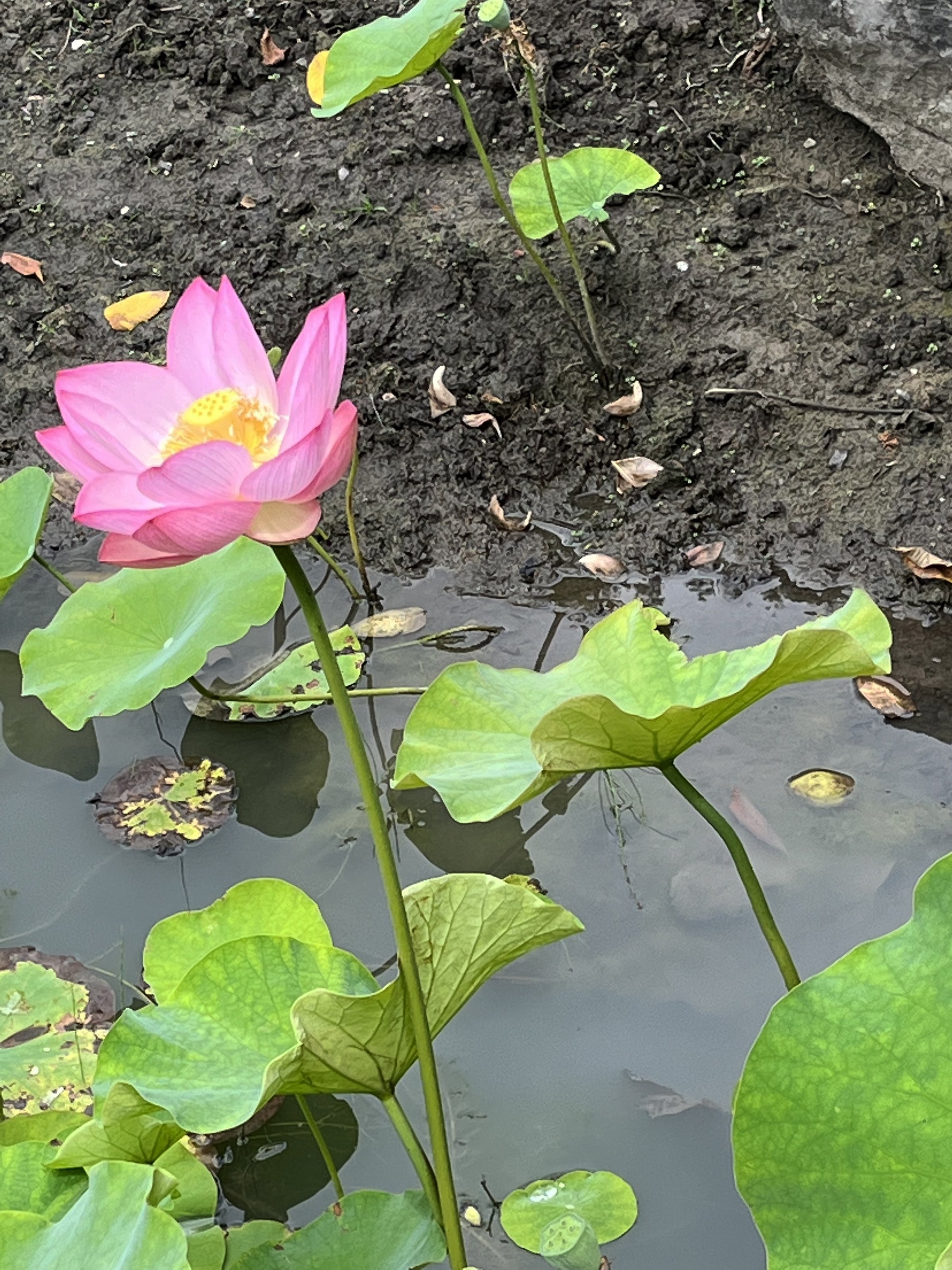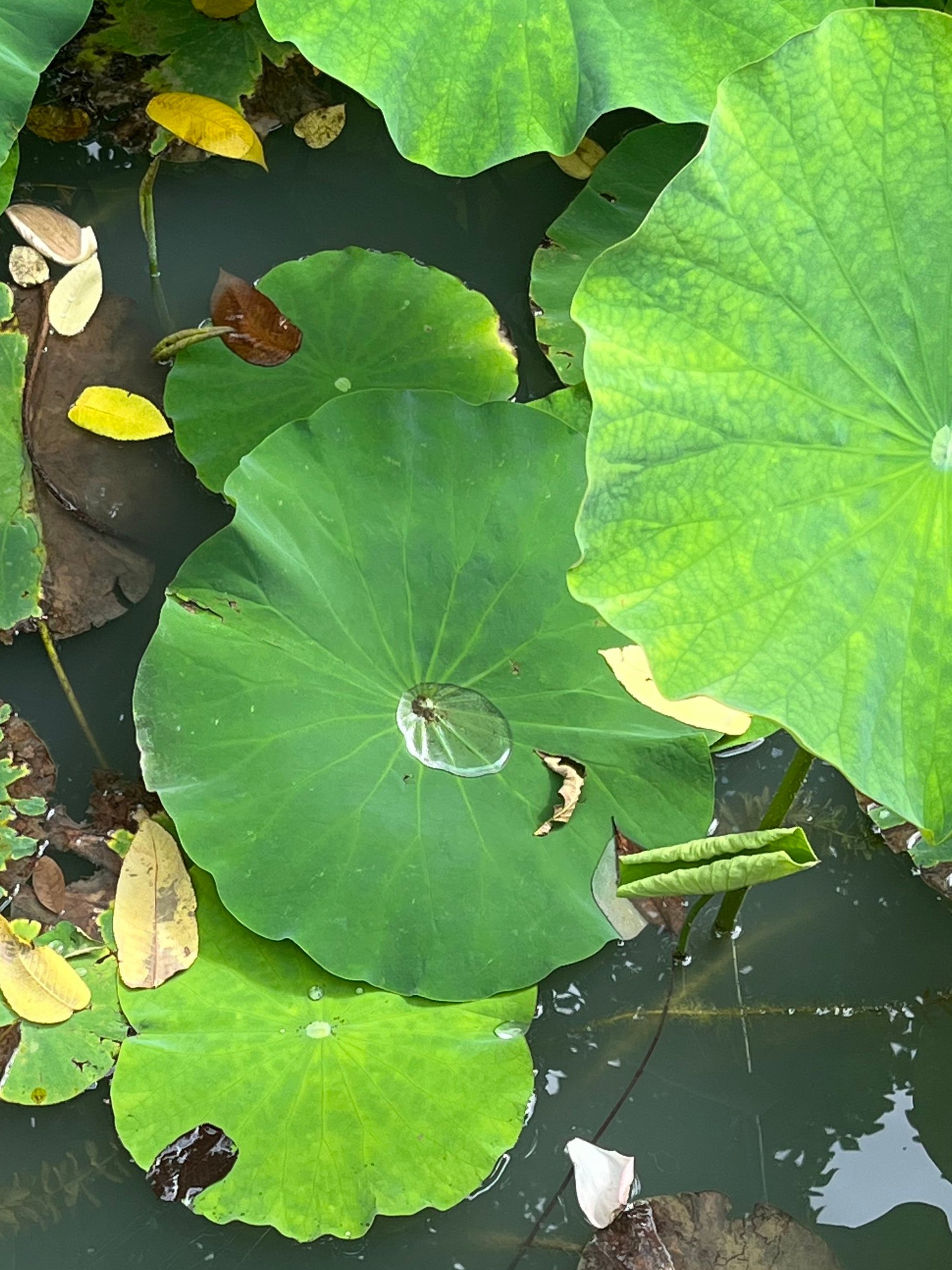When the first simple flower bloomed on some raw upland late in the Dinosaur Age, it was wind pollinated, just like its early pine-cone relatives. … Nevertheless, the true flower—and the seed that it produced—was a profound innovation in the world of life.
By contrast, the true flowering plants (angiosperm itself means “encased seed”) grew a seed in the heart of a flower, … the seed, unlike a developing spore, is already packed in a little enclosed box stuffed full of nutritious food. Moreover, by featherdown attachments, as in dandelion or milkweed seed, it can be wafted upward on gusts and ride the wind for miles;…
The ramifications of this biological invention were endless. Plants traveled as they had never traveled before. [From Loren Eiseley The Immense Journey pp70,71]
And this traveler story of seed opens Joe Roman’s book Eat, Poop, Die 2024. The first life to colonize Surtsey, an Icelandic island formed by volcanic eruptions in 1963-67, were plants. The island is now legally protected from “contamination” by humans in order to study the evolution of life on an “inhospitable” landmass. Have we already dropped seeds on the moon?
Taking a closer look at Lake Champlain, I read from Lake Champlain Committee “Lake Look” that the first photosynthetic life on Earth, nearly one billion years ago, is cyanobacteria. [www.lakechamplaincommittee.org]
Cyanobacteria—our current “nemesis’ in Lake Champlain. I use this word only after having looked it up and finding that I am very taken by the definition. From Wikipedia: 'the goddess of Rhamnous'; Nemesis was the goddess who personified retribution for the sin of hubris; arrogance before the gods; Goddess of retribution. So are we paying for our environmental arrogance on the land with the cyanobacteria blooms across our lake that impact the safety of our water uses?
The Yellow Pond Lily (Nuphar variegata) is among the first flowering plants on earth (well, floating on water. Fossil records show them when dinosaurs roamed and non-flowering plants covered the landscape. We found them happily basking in the sun while kayaking in Carry Bay. There are 70 species of Nymphaeales and about seven are native to Lake Champlain Basin.
Other flowering life in Carry Bay includes the intriguing Pickerelweed (Pontederia cordata) which has unique triple flowering technique to prevent self-fertilization across a single population as the bees and butteflies collect the pollen. And Bladderwort (Utricularia vulgaris) a carnivorous plant that lives submerged under water. The bladderwort leaves are interspered with tiny sacs that digest prey such as insect larvae by sucking in water at about 10 milliseconds, thus trapping minute aquatic organisms.
Out of the mud,
we flower.













